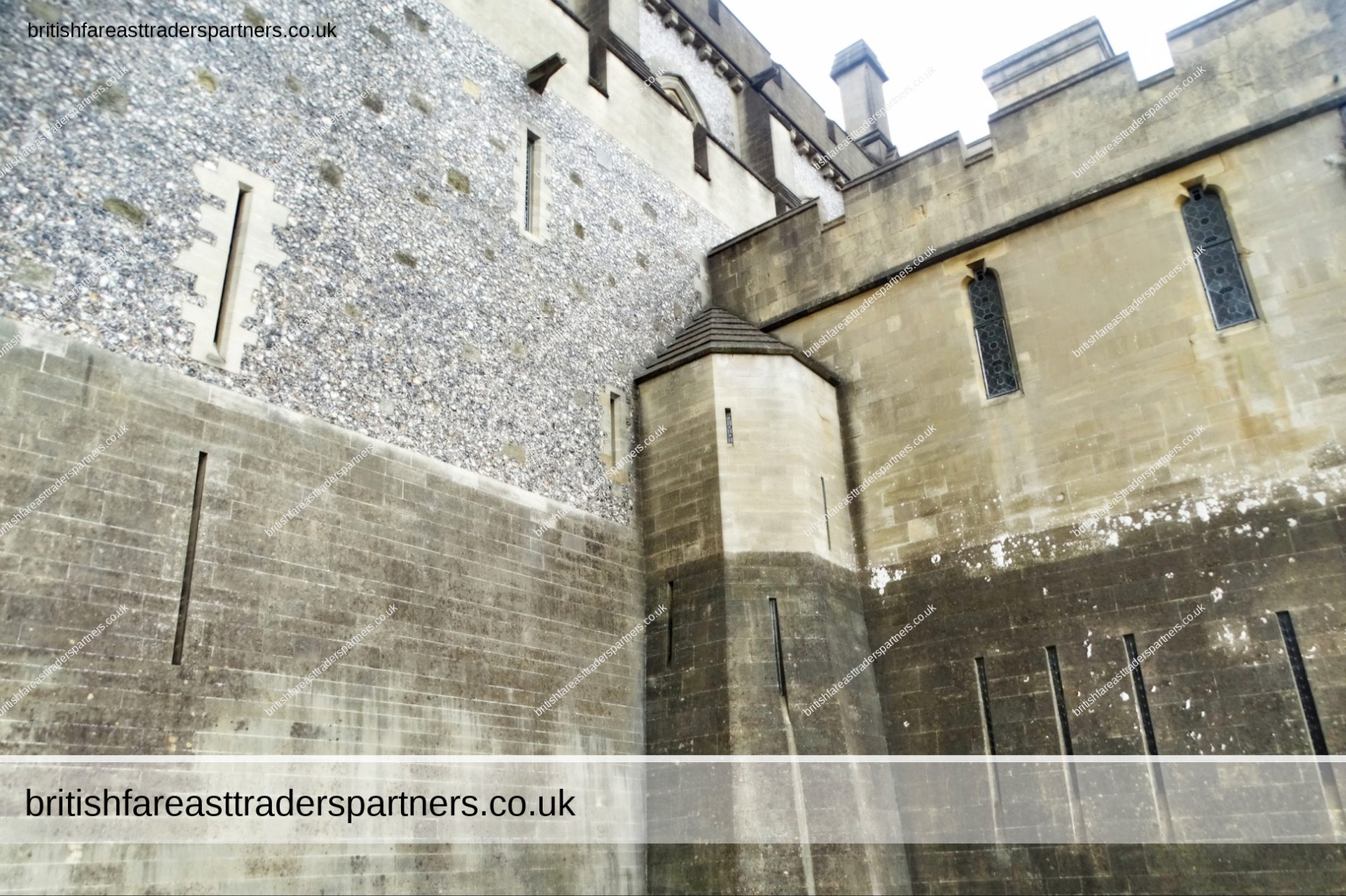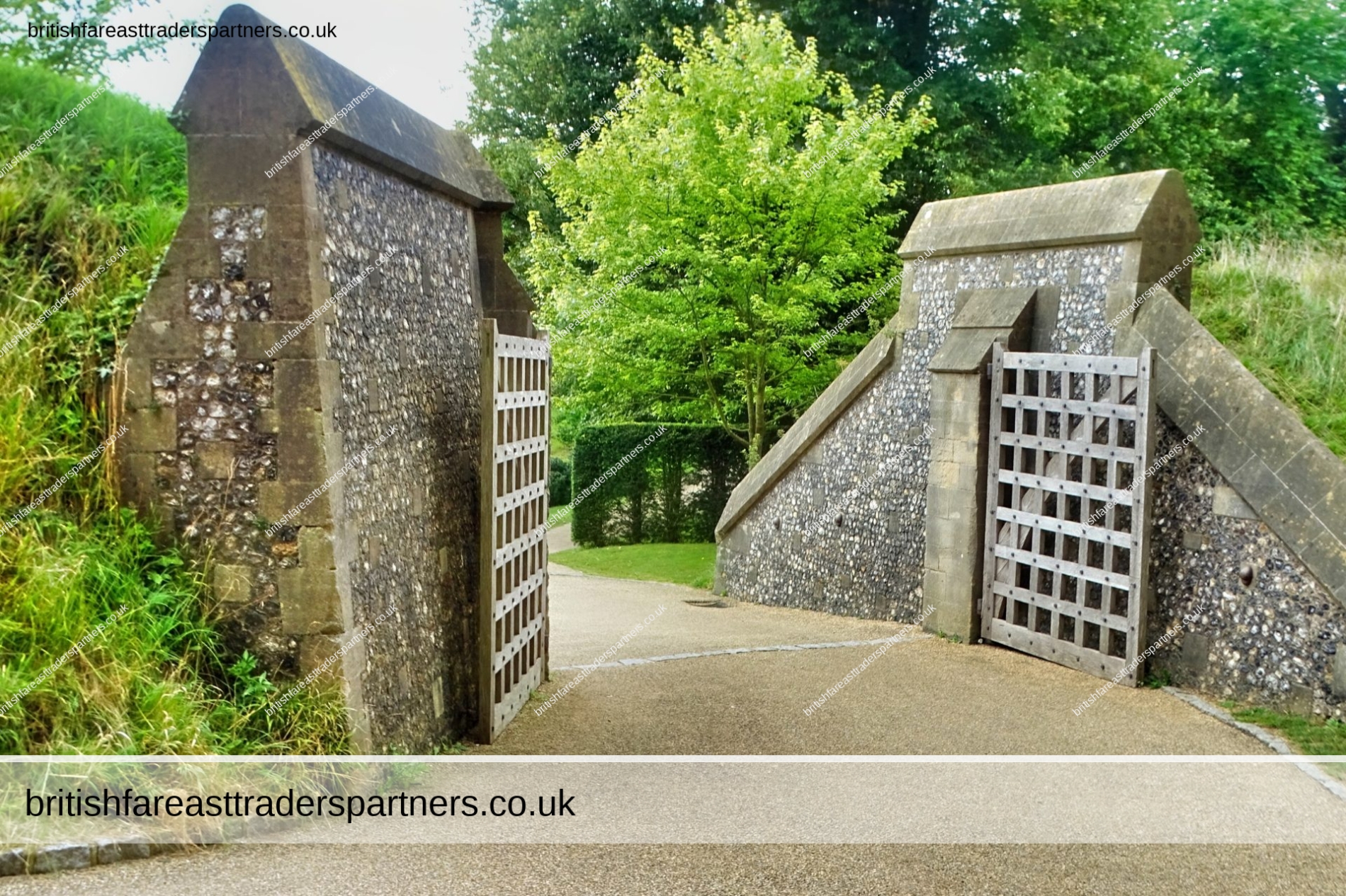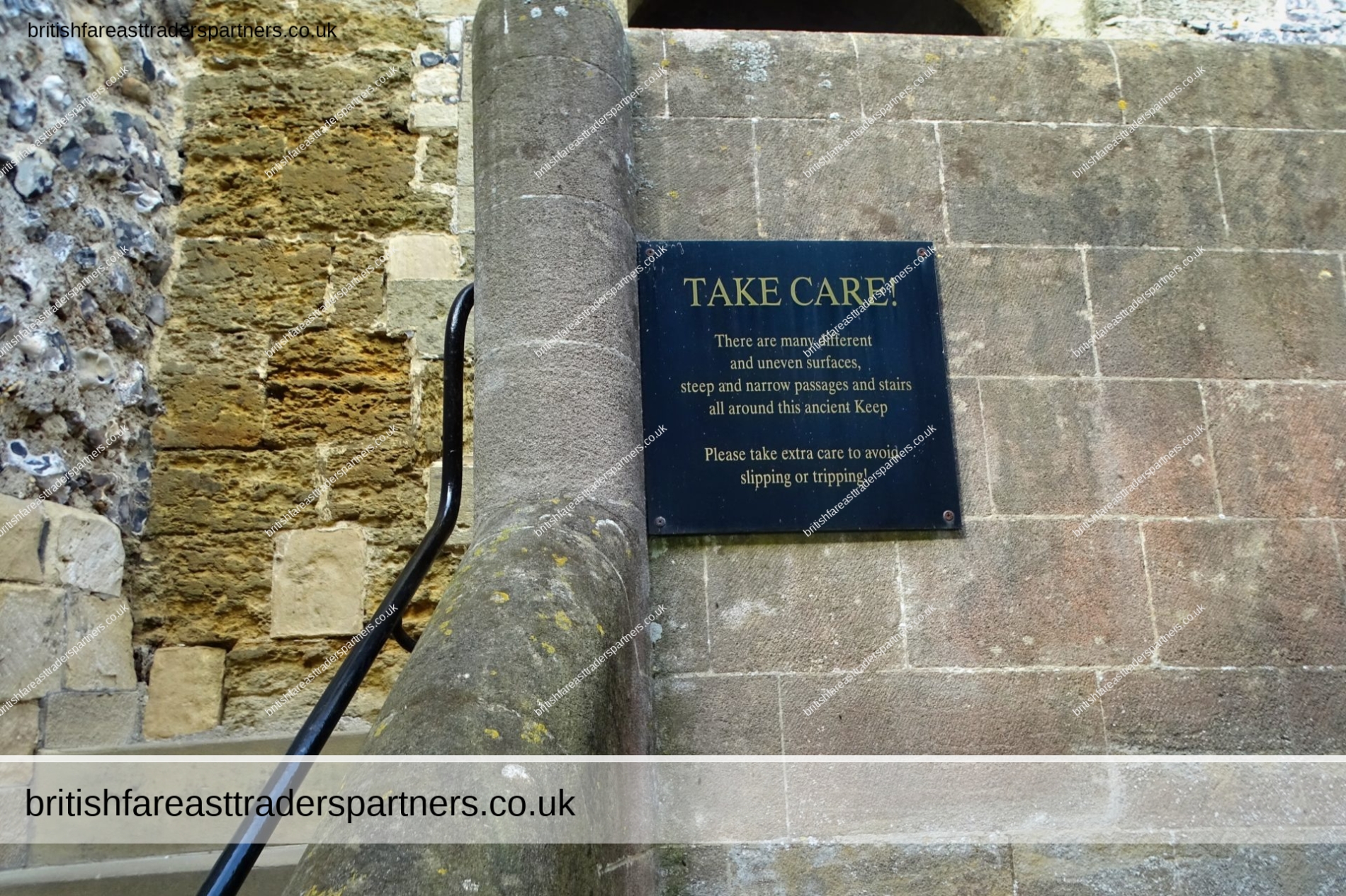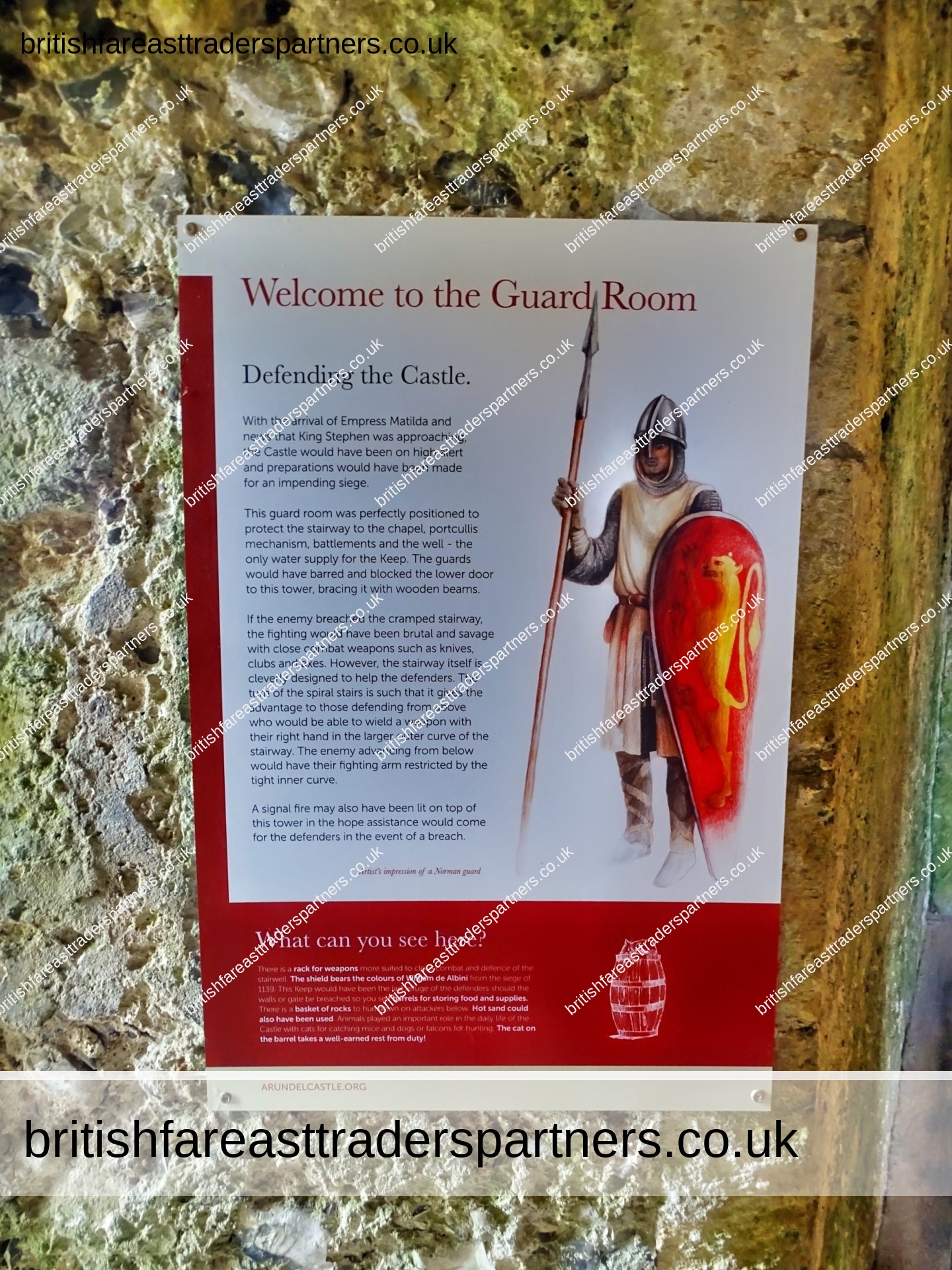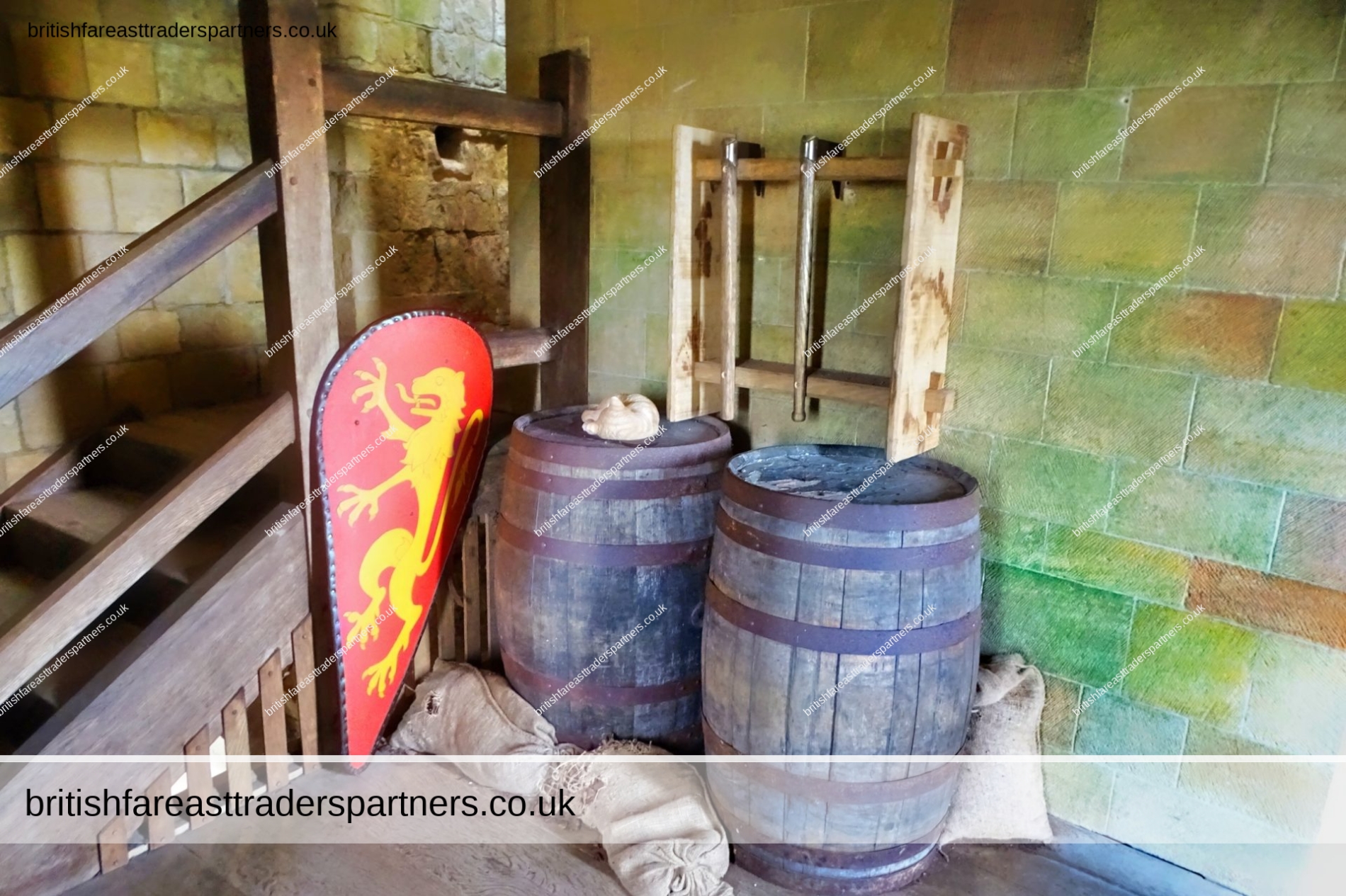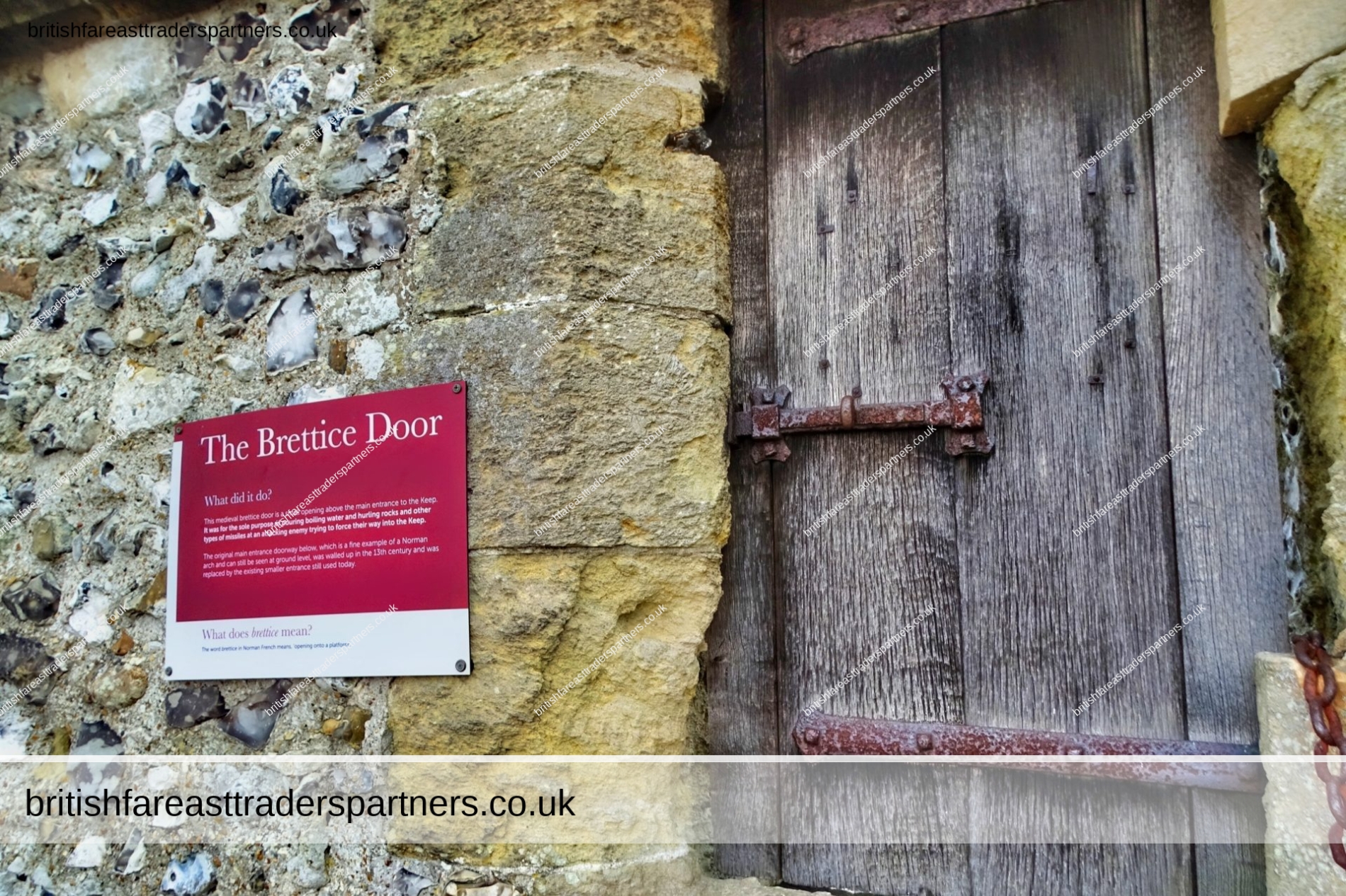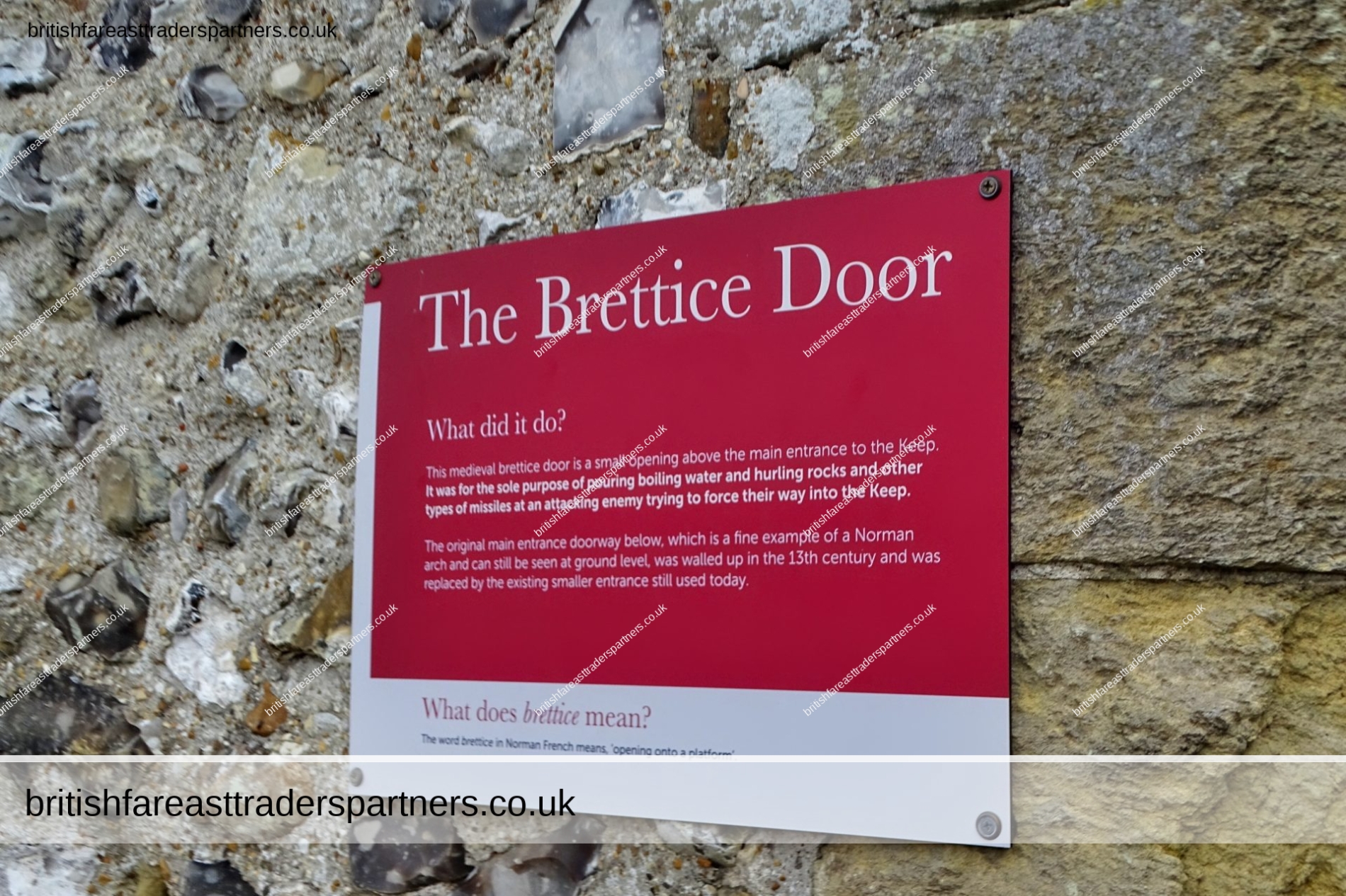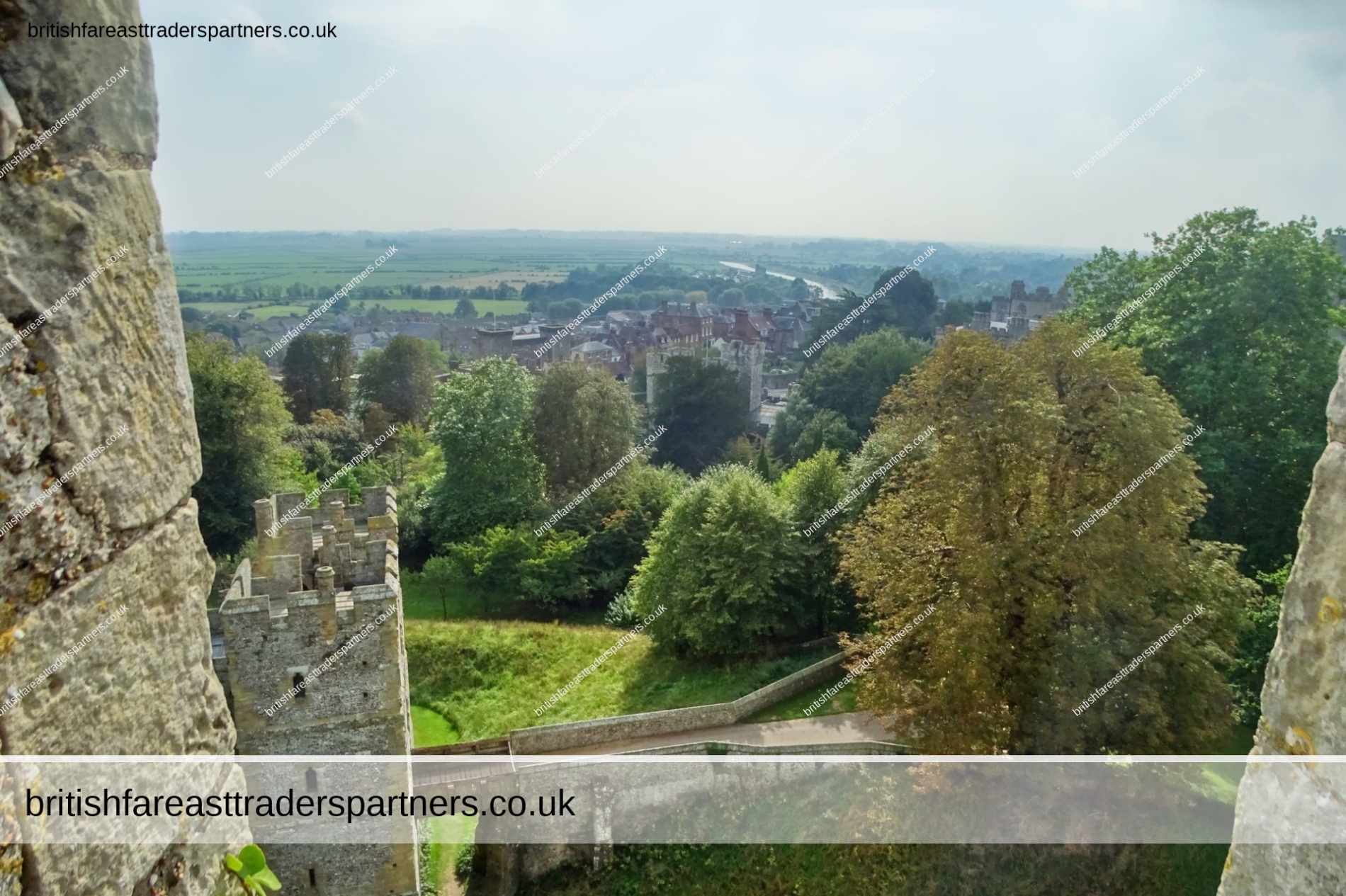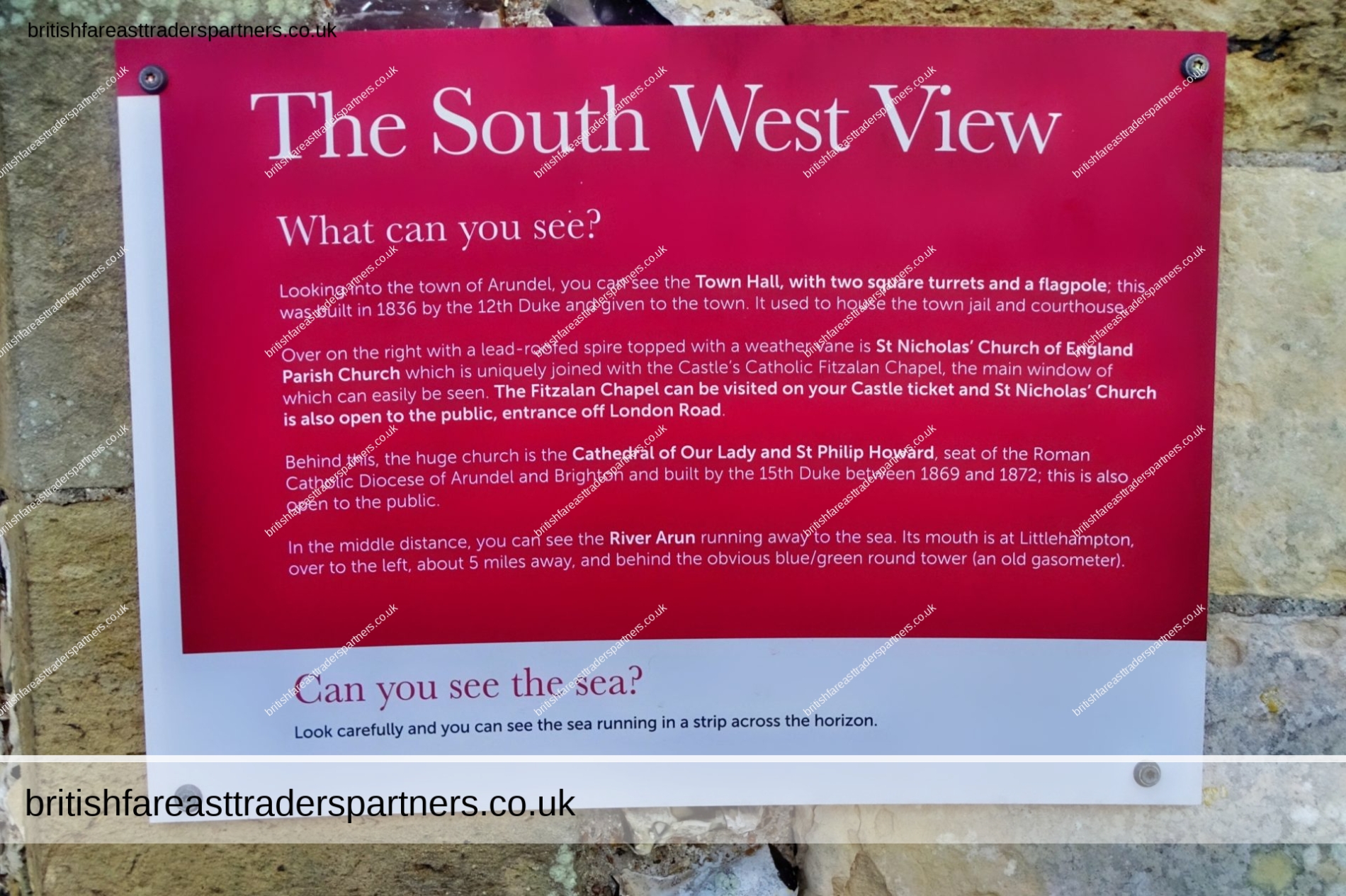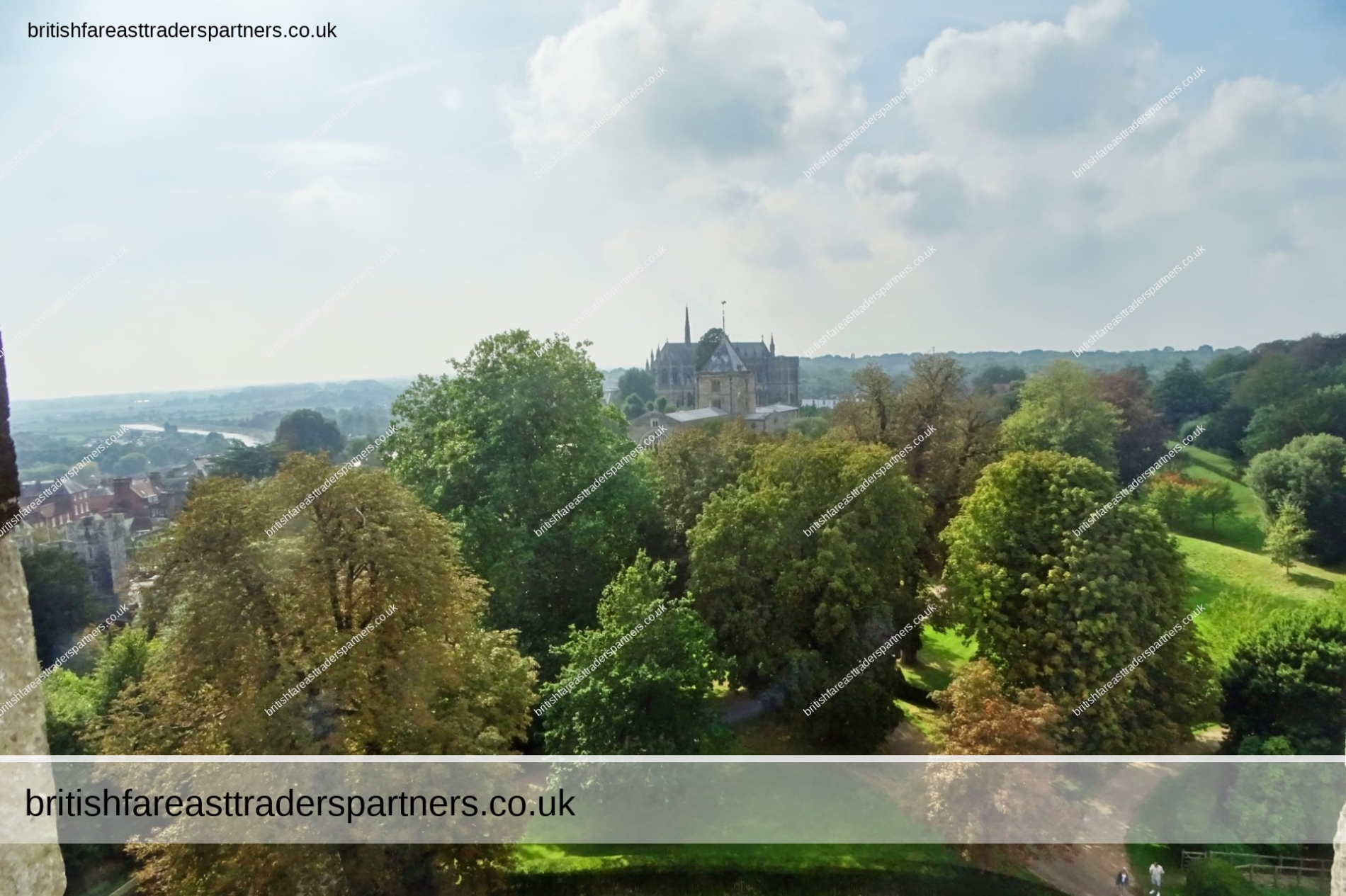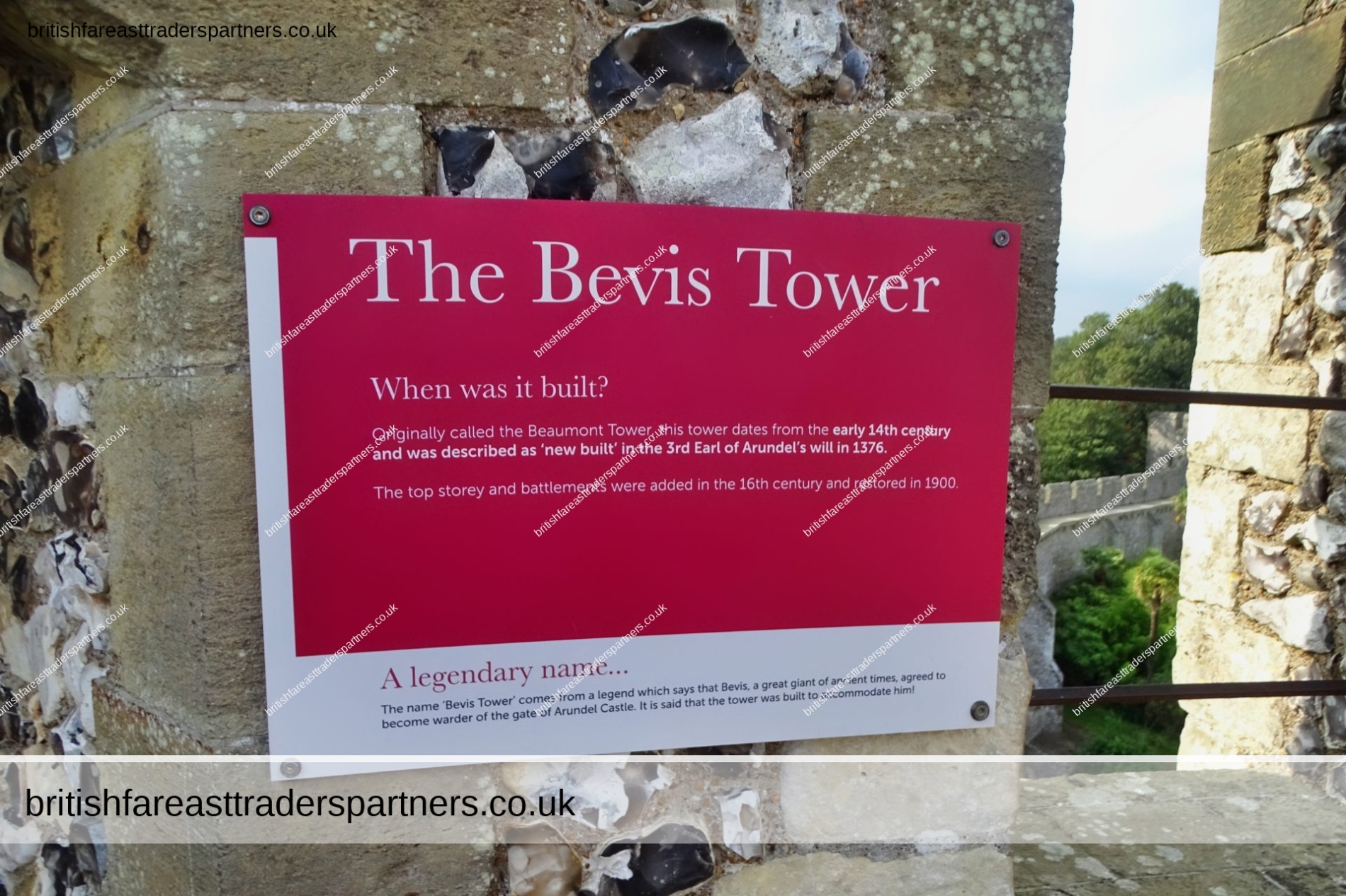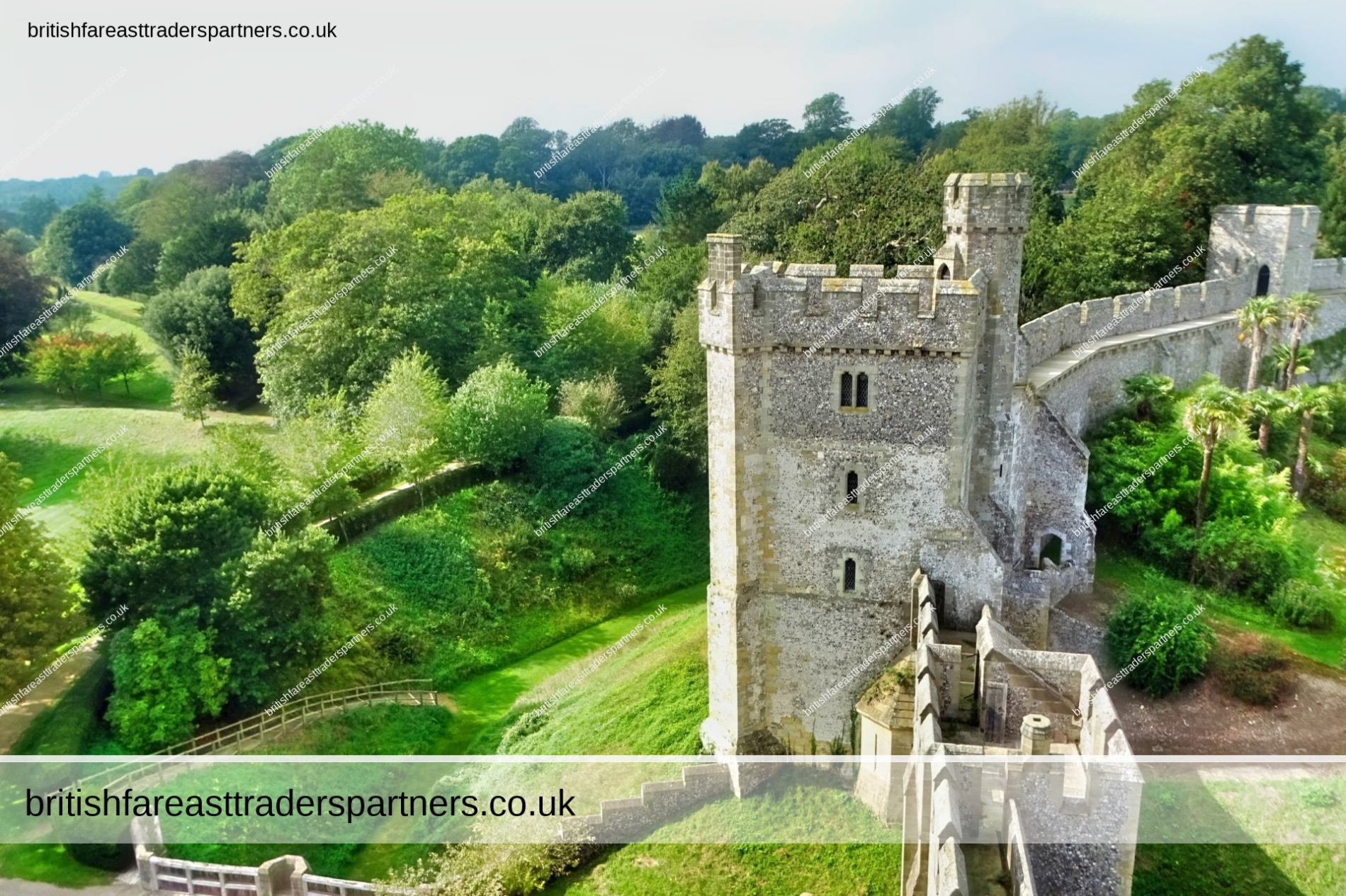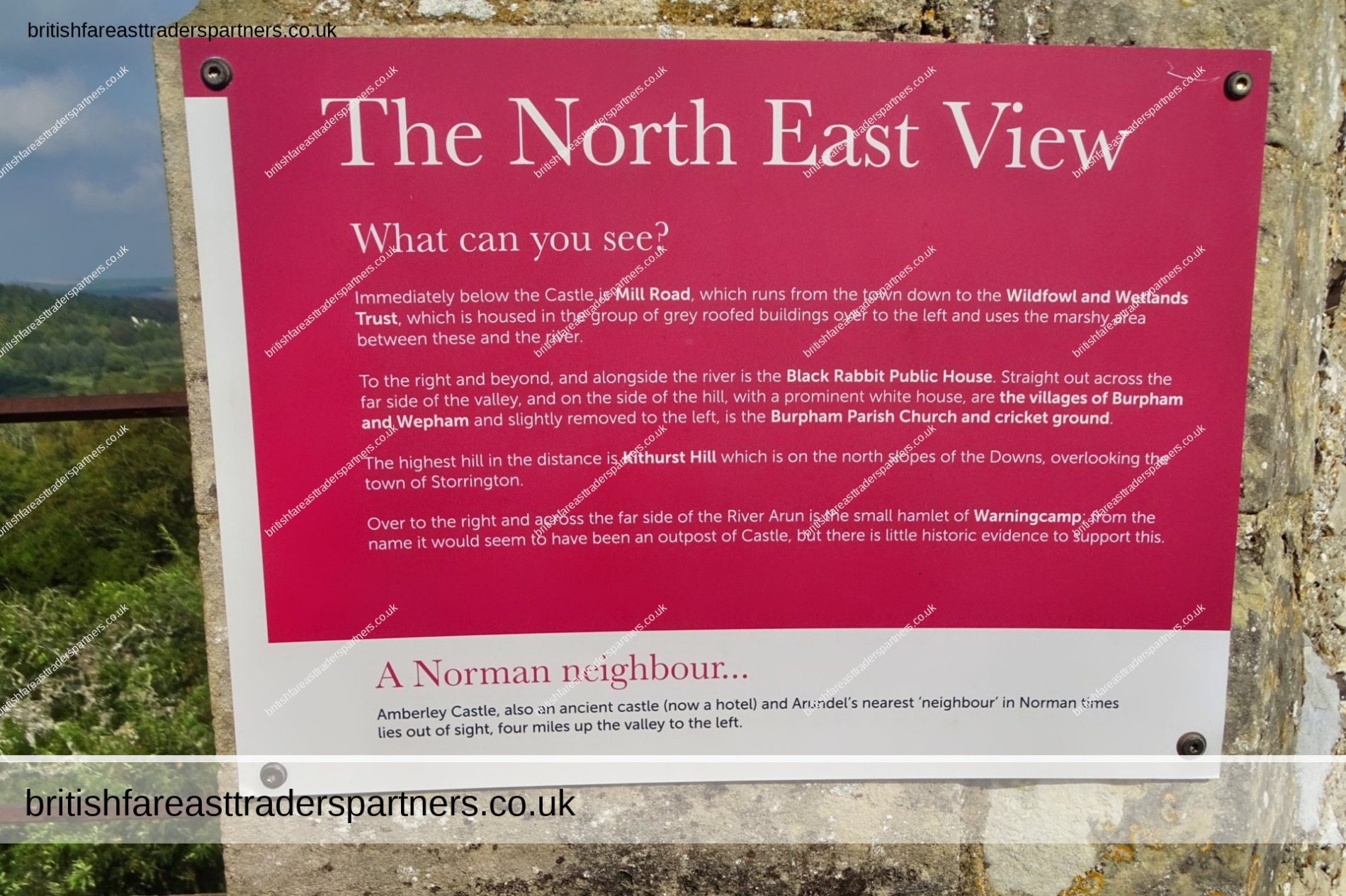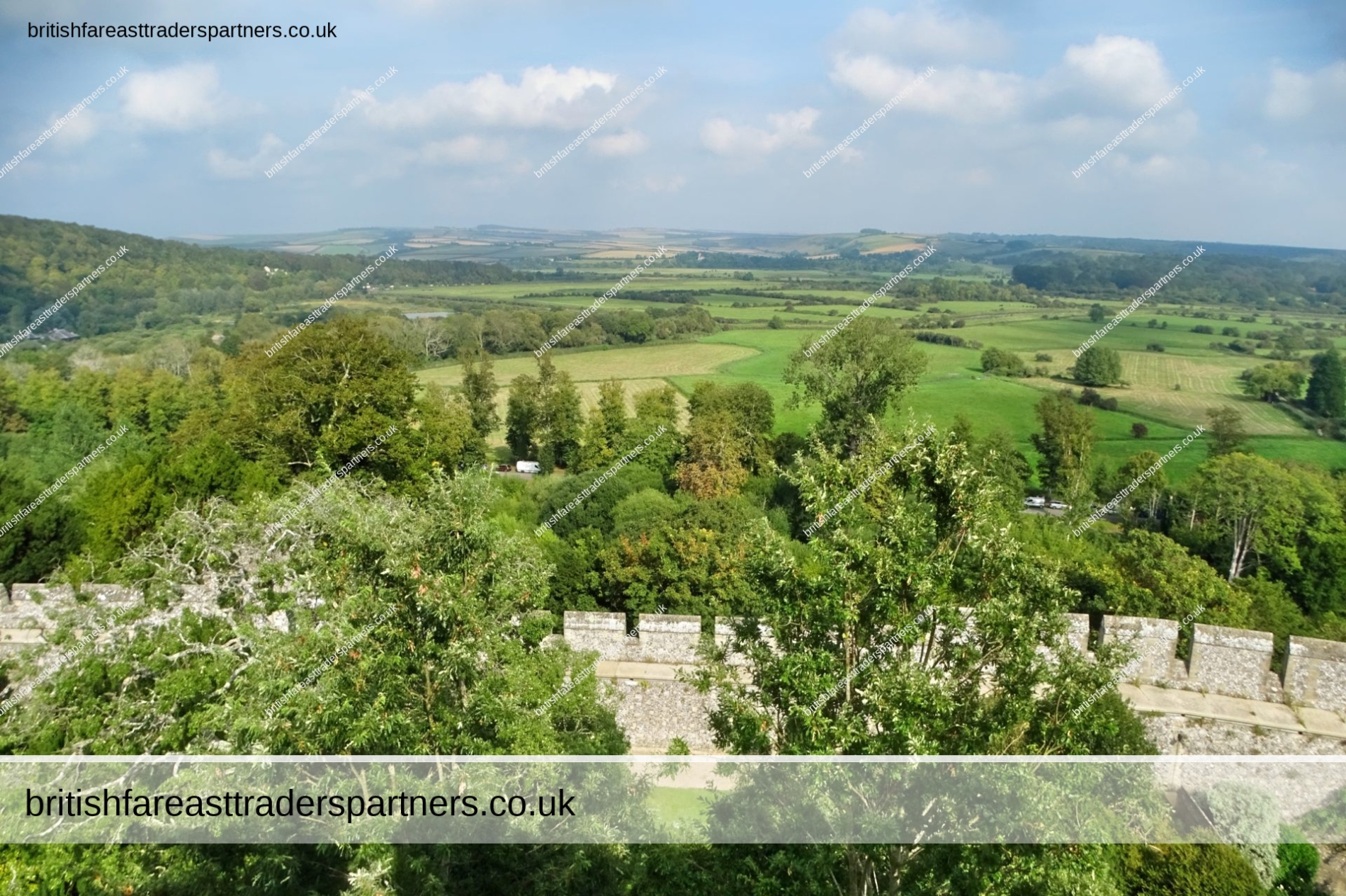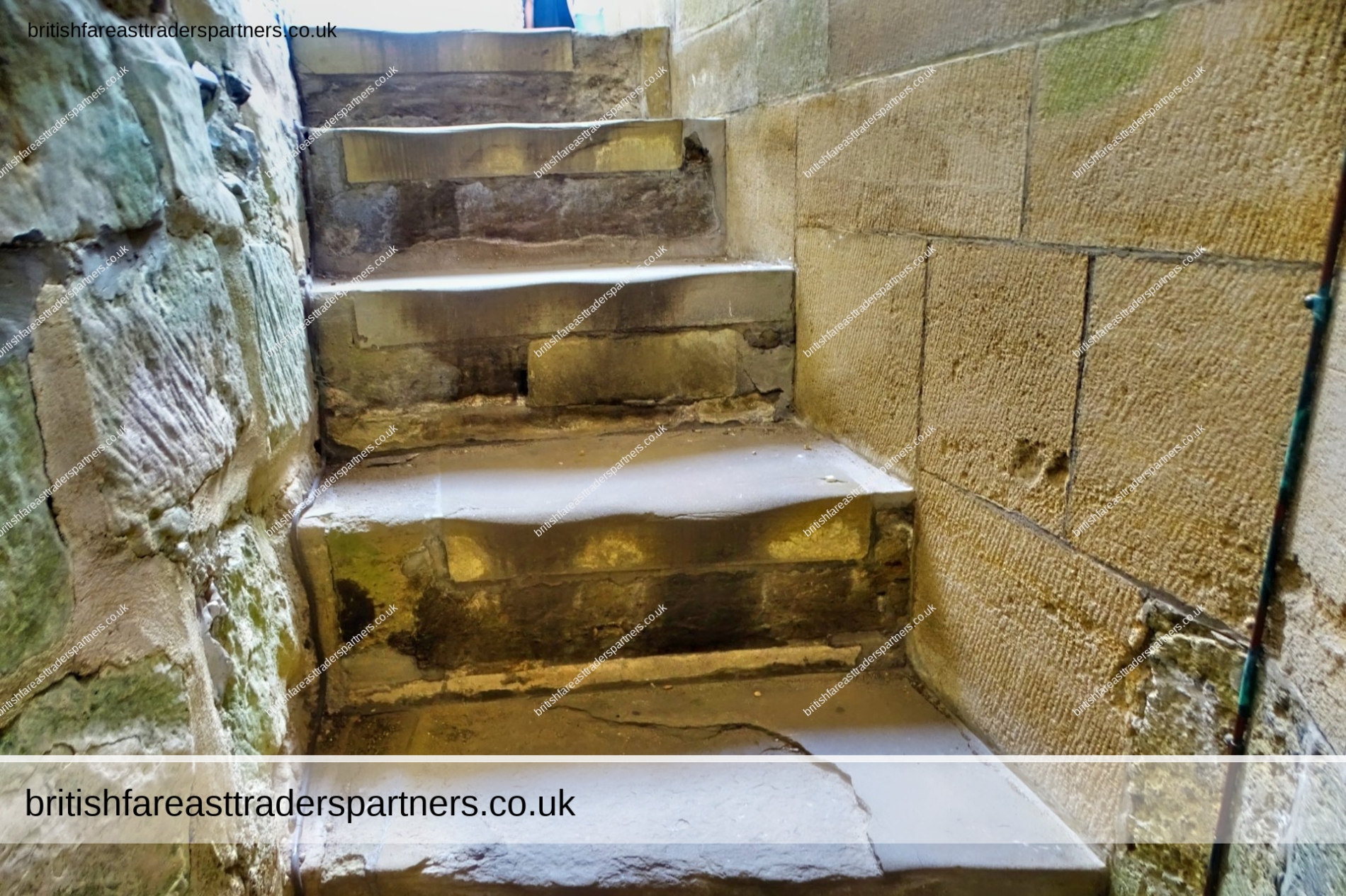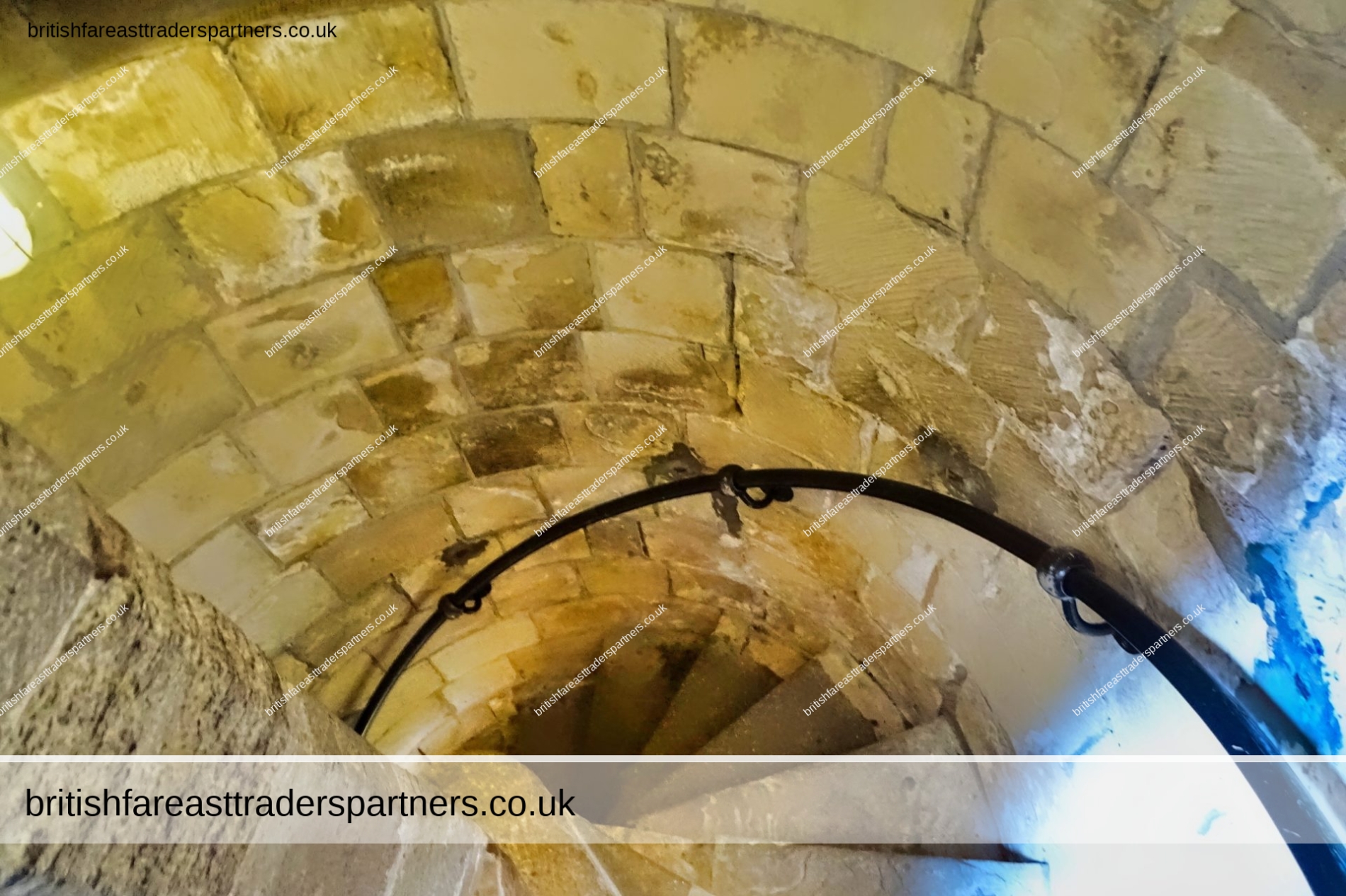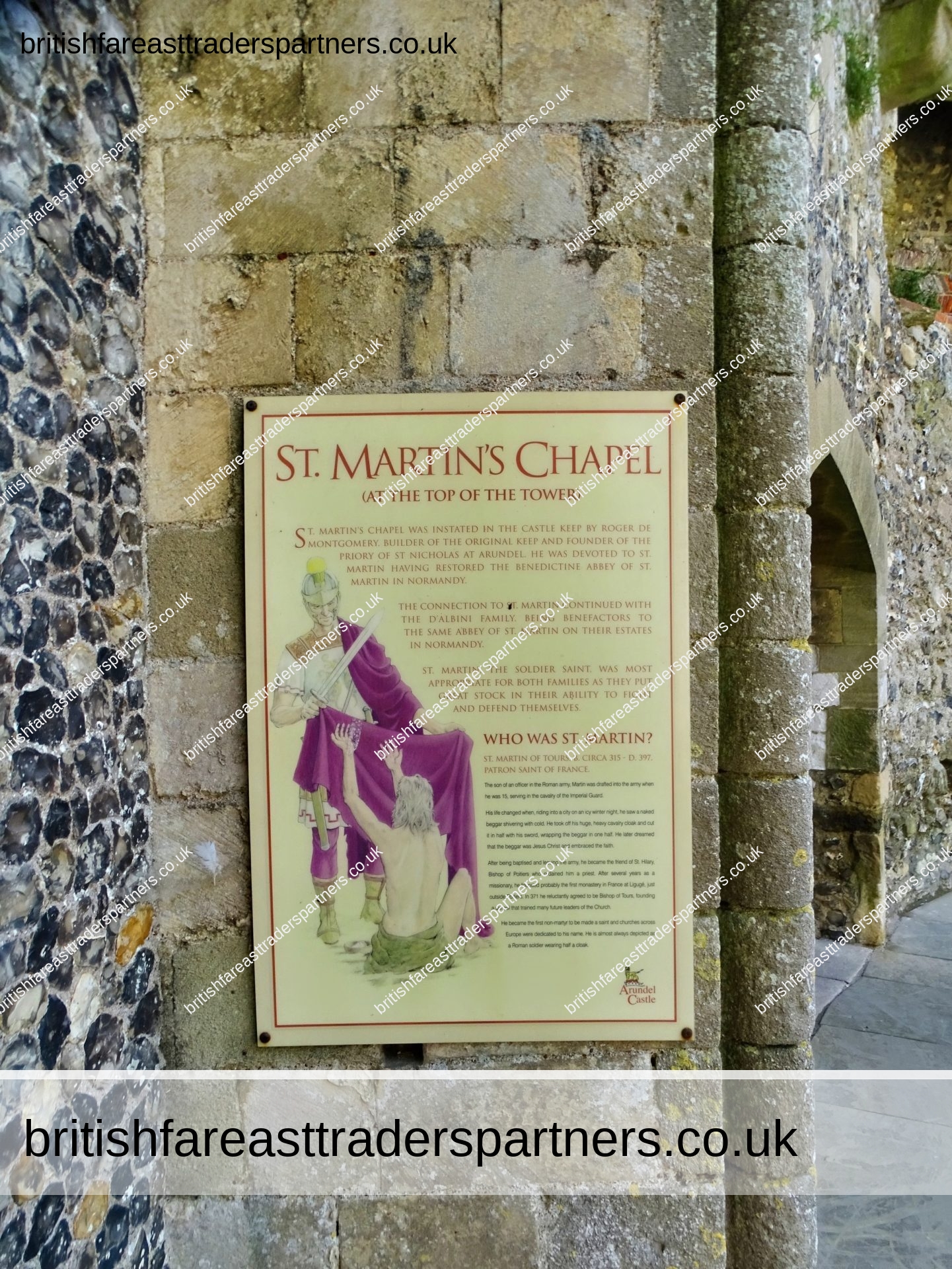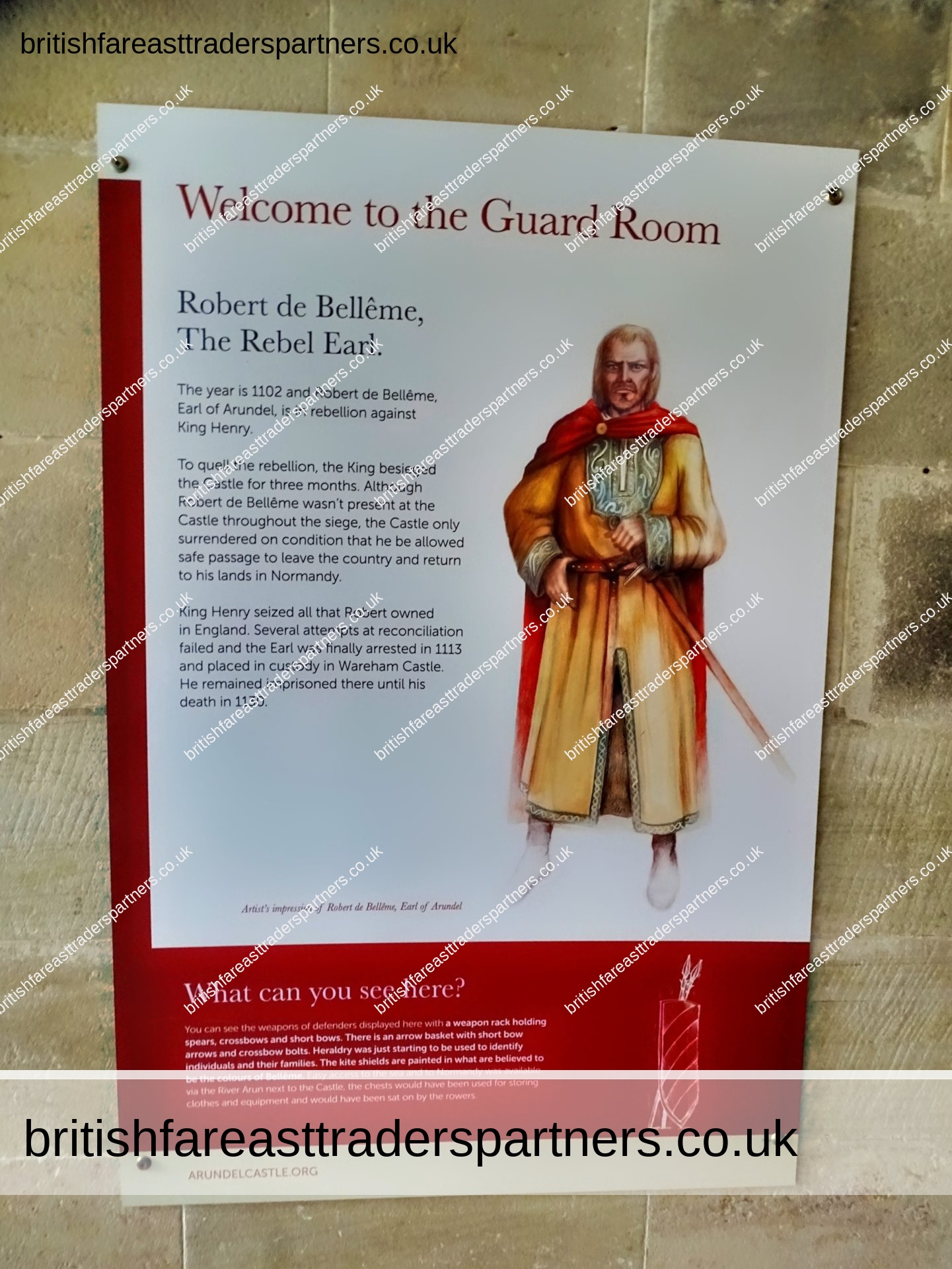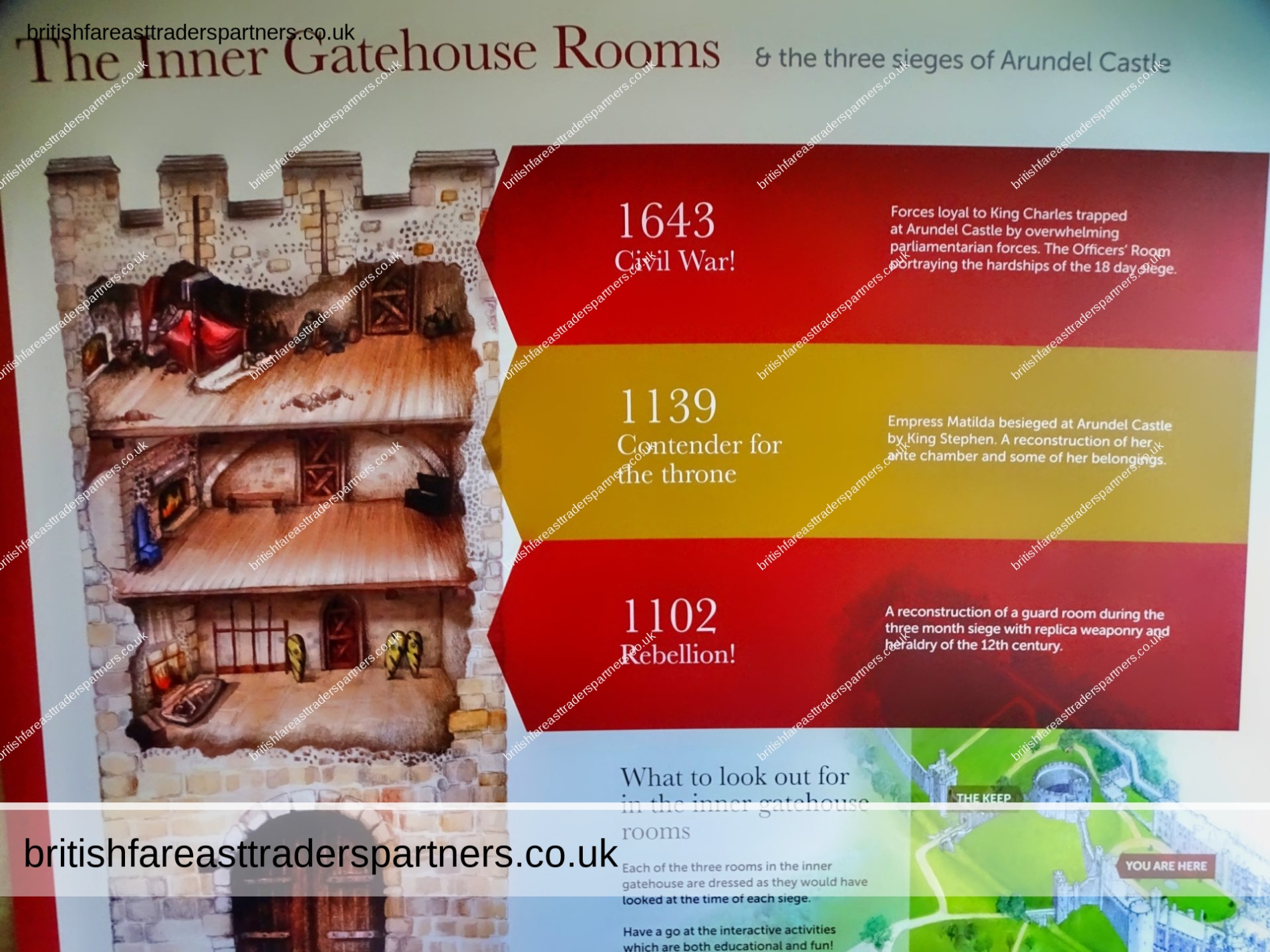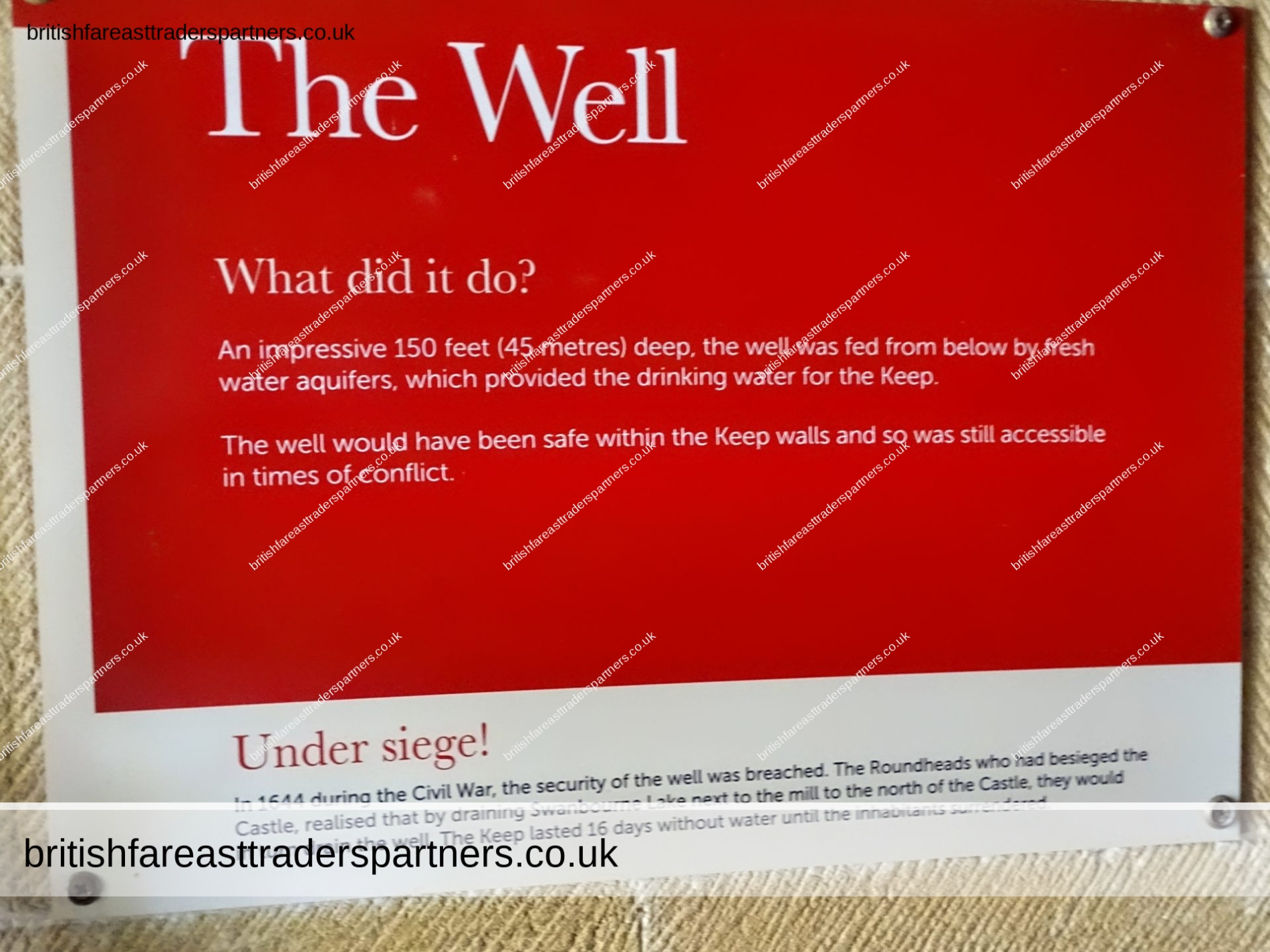Last Updated on: 20th September 2021, 09:39 pm
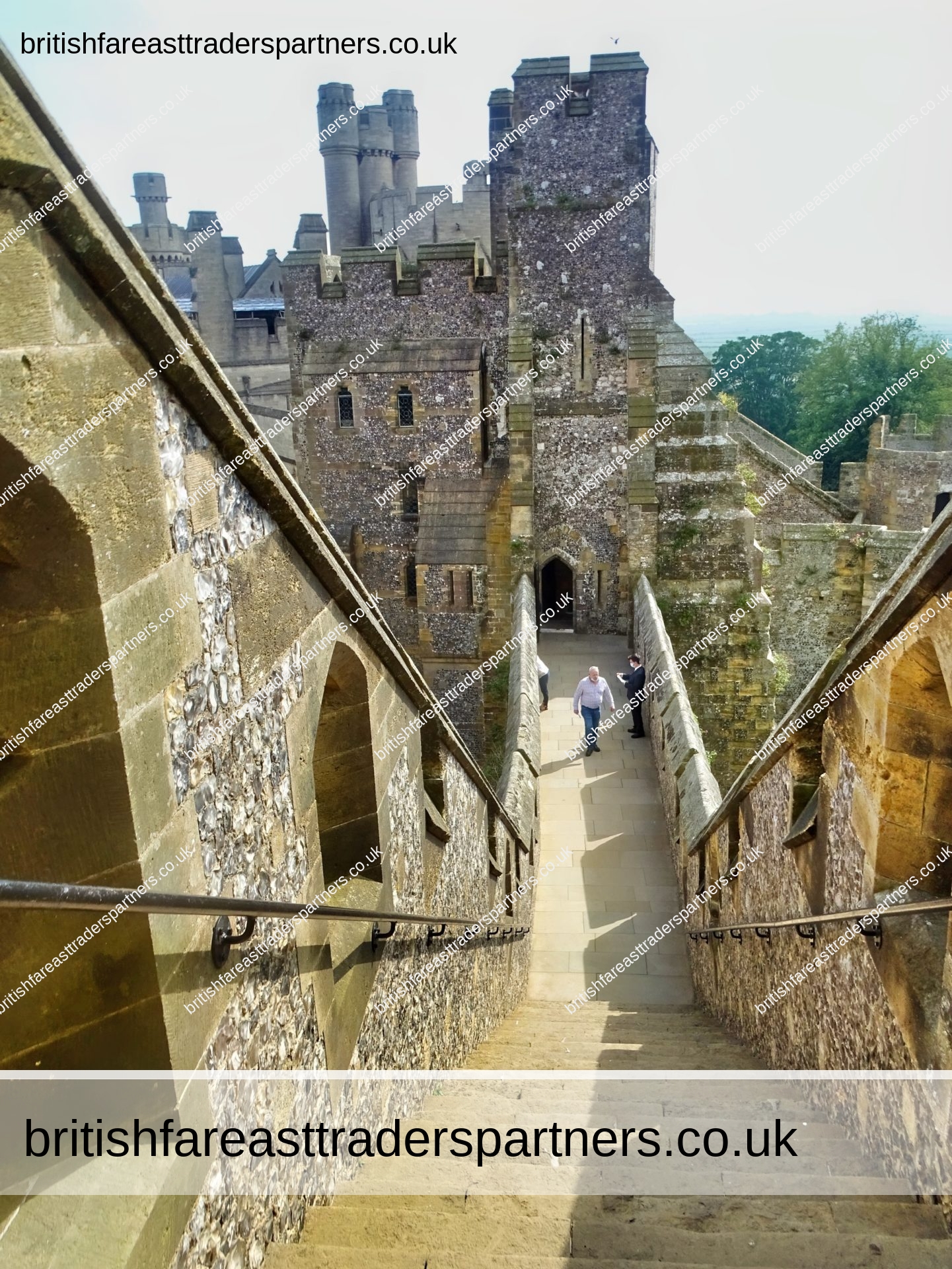
SHOP OUR ONLINE STORE...
SHOP OUR EBAY: BritishFarEastTradersLifestyle
DAYS OUT IN UNITED KINGDOM:
PLACES OF INTEREST in
WEST SUSSEX, ENGLAND:
A SERIES OF PHOTOGRAPHIC BLOG:
ARUNDEL CASTLE KEEP :
A WORLD HERITAGE SITE :
HERITAGE | ART | HISTORY |
TOPOGRAPHY | TOURISM | TRAVEL |
ARCHITECTURE |
ARISTOCRACY | CULTURE
Plan Your Visit to Arundel Castle, The Norman Keep, and Arundel Castle Gardens:
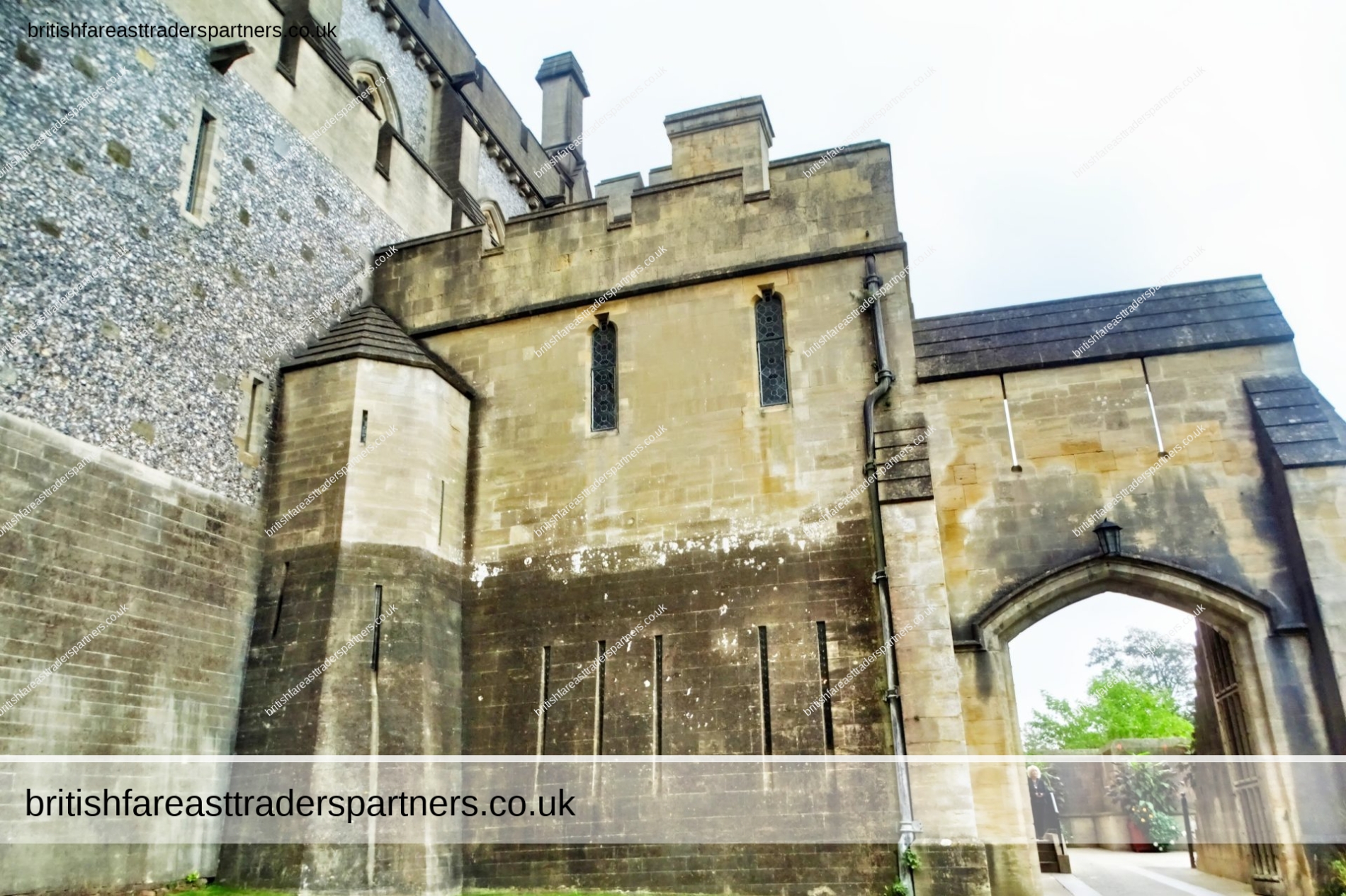
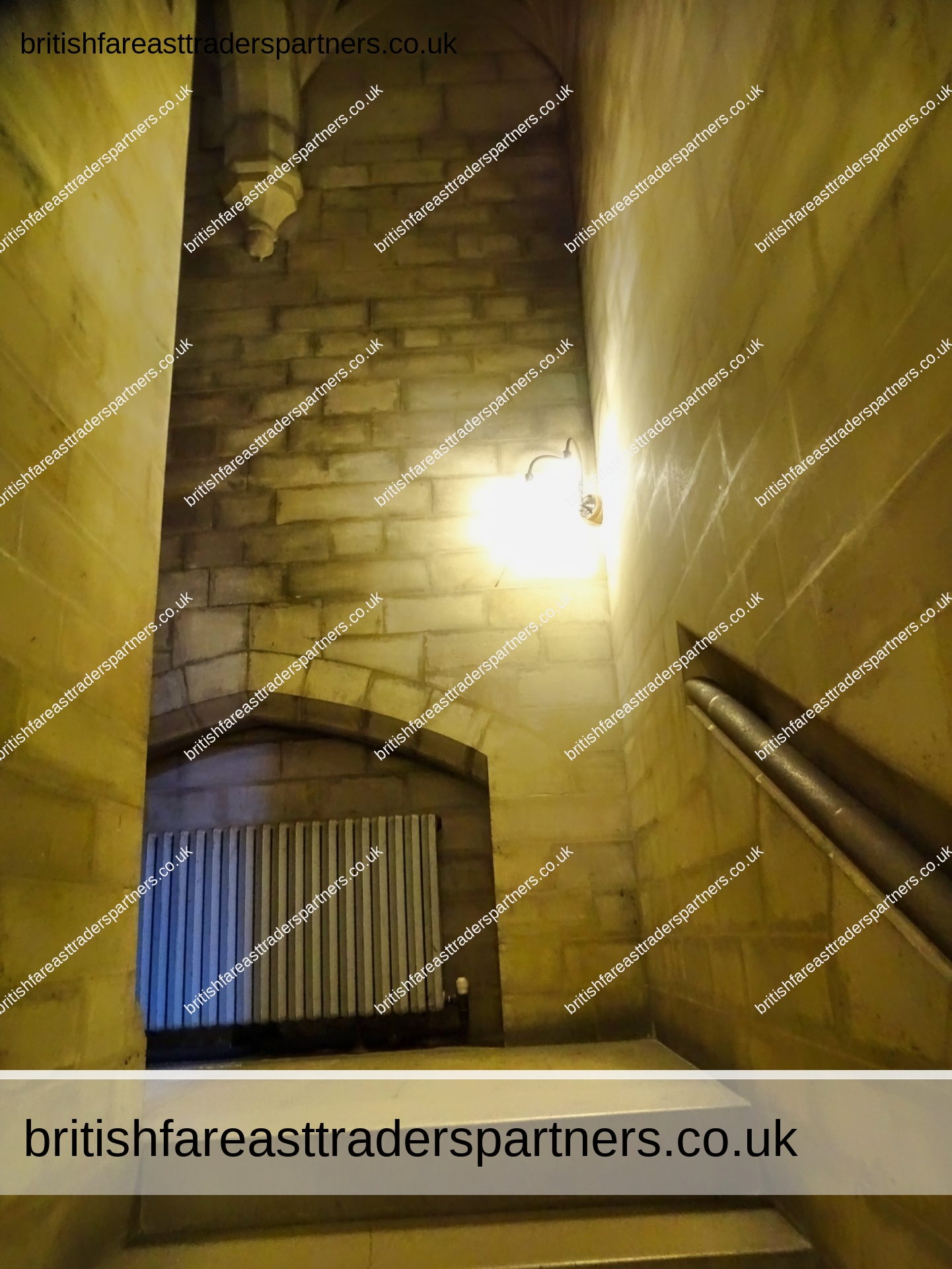
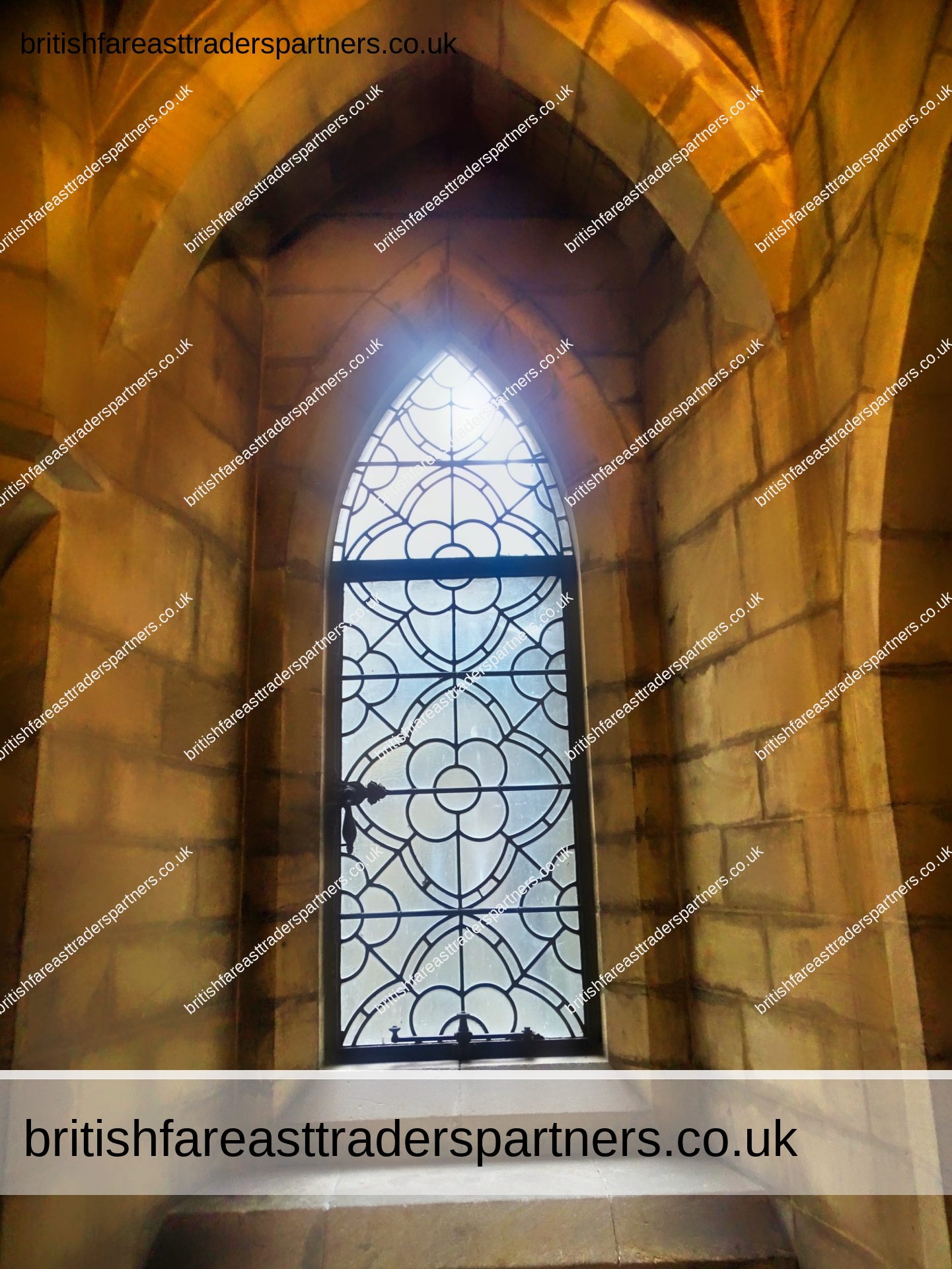

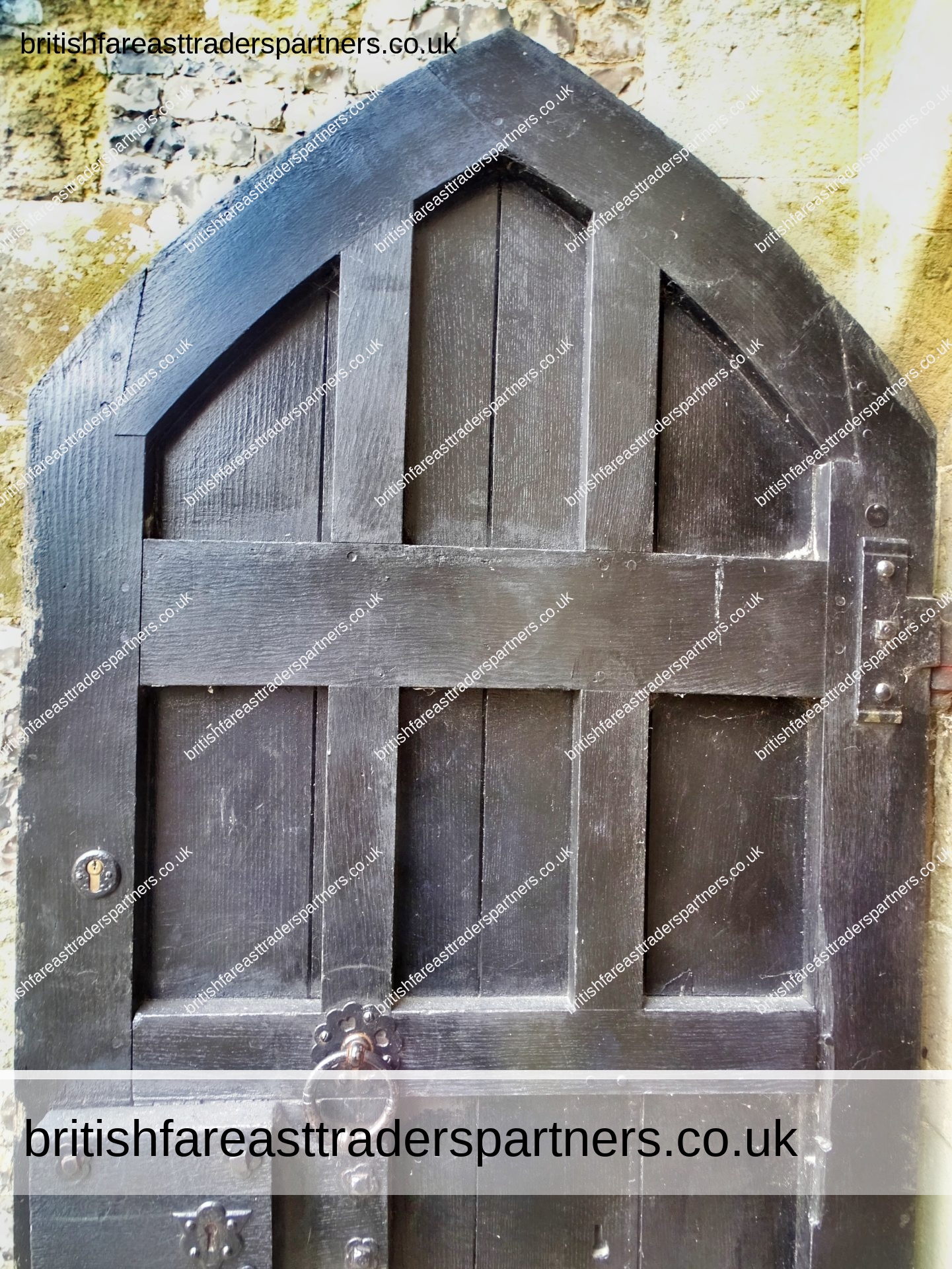

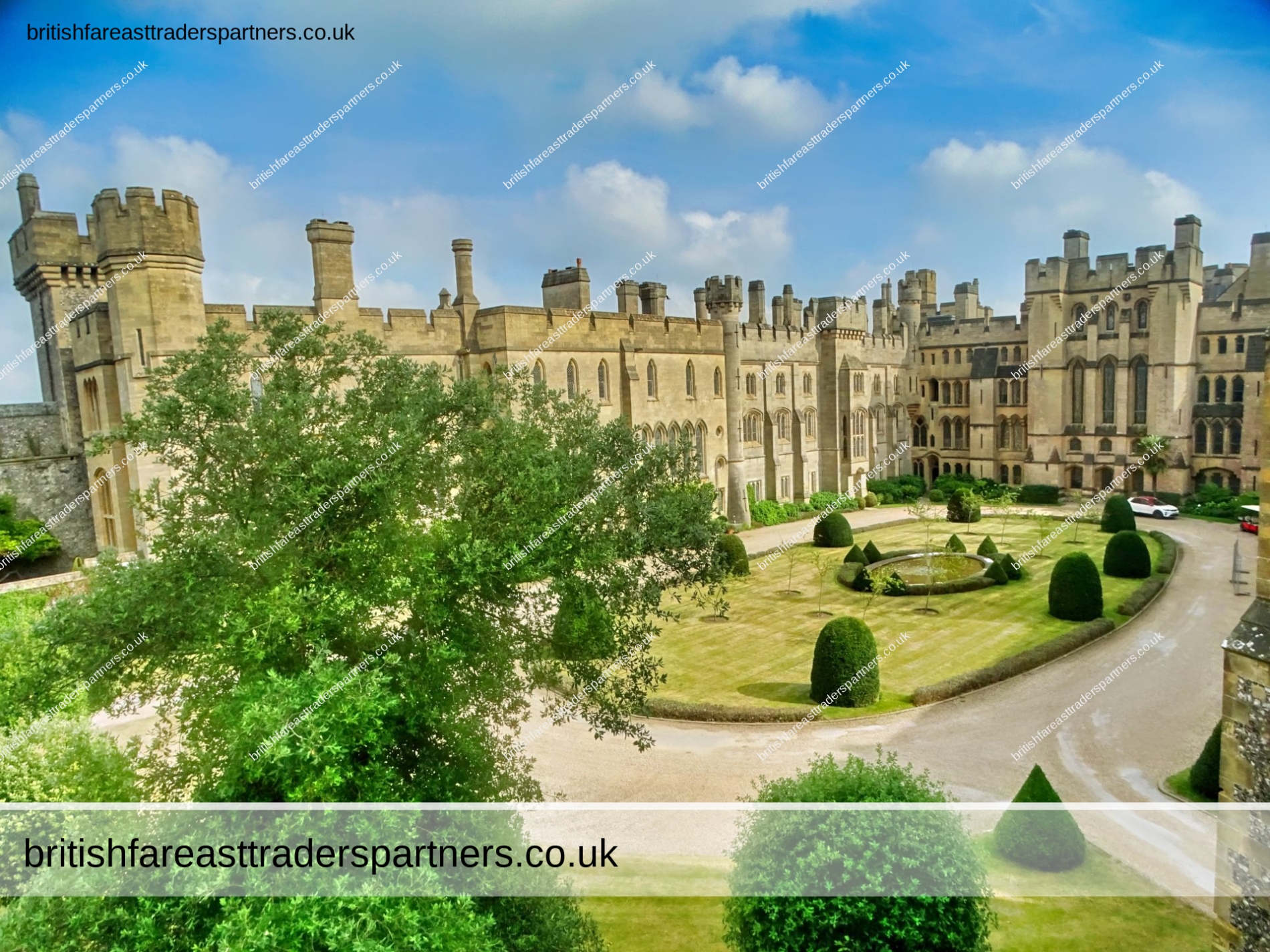
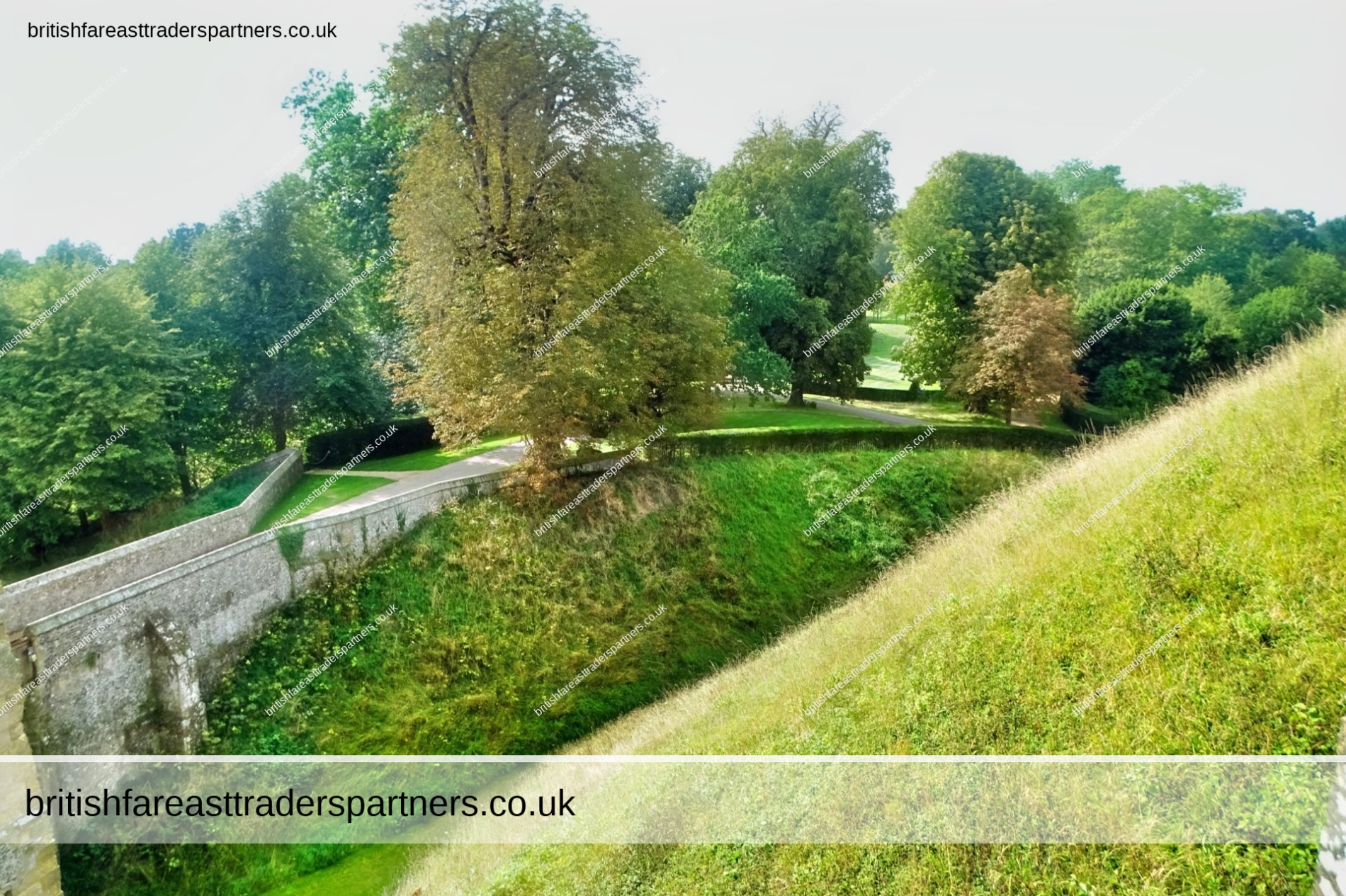

WELCOME TO THE GUARD ROOM
DEFENDING THE CASTLE.
With the arrival of Empress Matilda and news that King Stephen was approaching,
the Castle would have been on high alert
and preparations would have been made for an impending siege.
This guard room was perfectly positioned
to protect the stairway to the chapel, portcullis mechanism, battlements,
and the well- the only water supply for the Keep.
The guards would have barred and blocked the lower door to this tower,
bracing it with wooden beams.
If the enemy breached the cramped stairway,
the fighting would have been brutal and savage
with close combat weapons such as knives, clubs and axes.
However, the stairway itself is cleverly designed to help the defenders.
The turn of the spiral stairs is such that it gives the advantage
to those defending from above
who would be able to wield a weapon with their right hand
in the larger outer curve of the stairway.
The enemy advancing from below
would have their fighting arm restricted by the tight inner curve.
A signal fire may also have been lit on top of this tower
in the hope assistance would come for the defenders in the event of a breach.
WHAT CAN YOU SEE HERE?
There is a rack for weapons more suited to closer combat
and defense of the stairwell.
The shield bears the colours of William de Albini from the siege of 1139.
This keep would have been the last refuge of the defenders
should the walls or gate be breached
so you can see barrels for storing food supplies.
There is a basket of rocks to hurl down on attackers below.
Hot sand could also have been used.
Animals played an important role in the daily life of the Castle
with cats for catching mice and dogs or falcons for hunting.
The cat on the barrel takes a well-earned rest from duty.
CREDITS: ARUNDELCASTLE.ORG
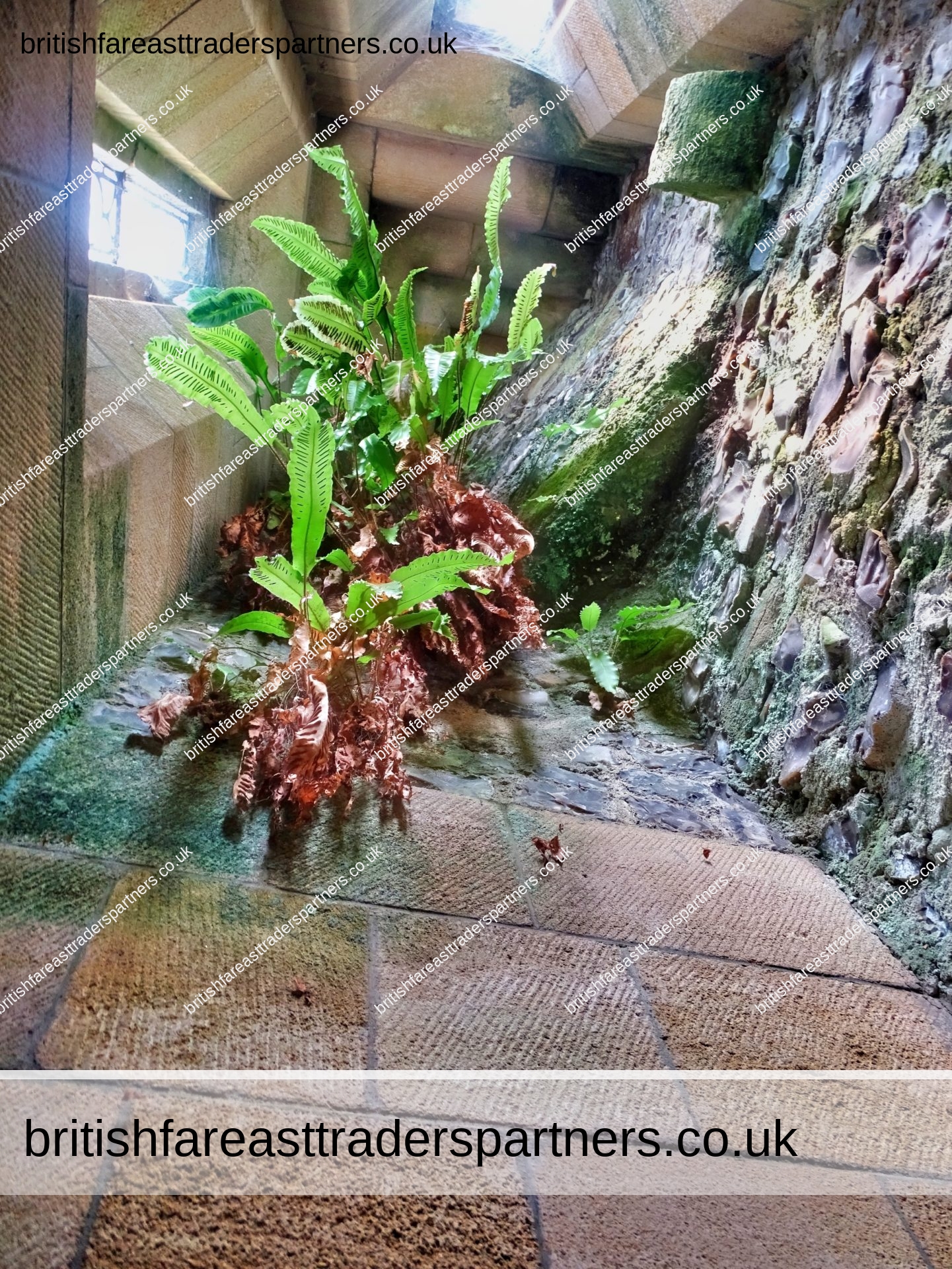
THE BRETTICE DOOR
WHAT DID IT DO?
This medieval brettice door is a small opening
above the main entrance to the Keep.
It was for the sole purpose of pouring boiling water
and hurling rocks and other types of missiles
at an attacking enemy trying to force their way into the Keep.
The original main entrance doorway below,
which is a fine example of a Norman arch
and can still be seen at ground level,
was walled up in the 13th century
and was replaced by the existing smaller entrance still used today.
WHAT DOES BRETTICE MEAN?
The word brettice in Norman French means ‘opening onto a platform’.
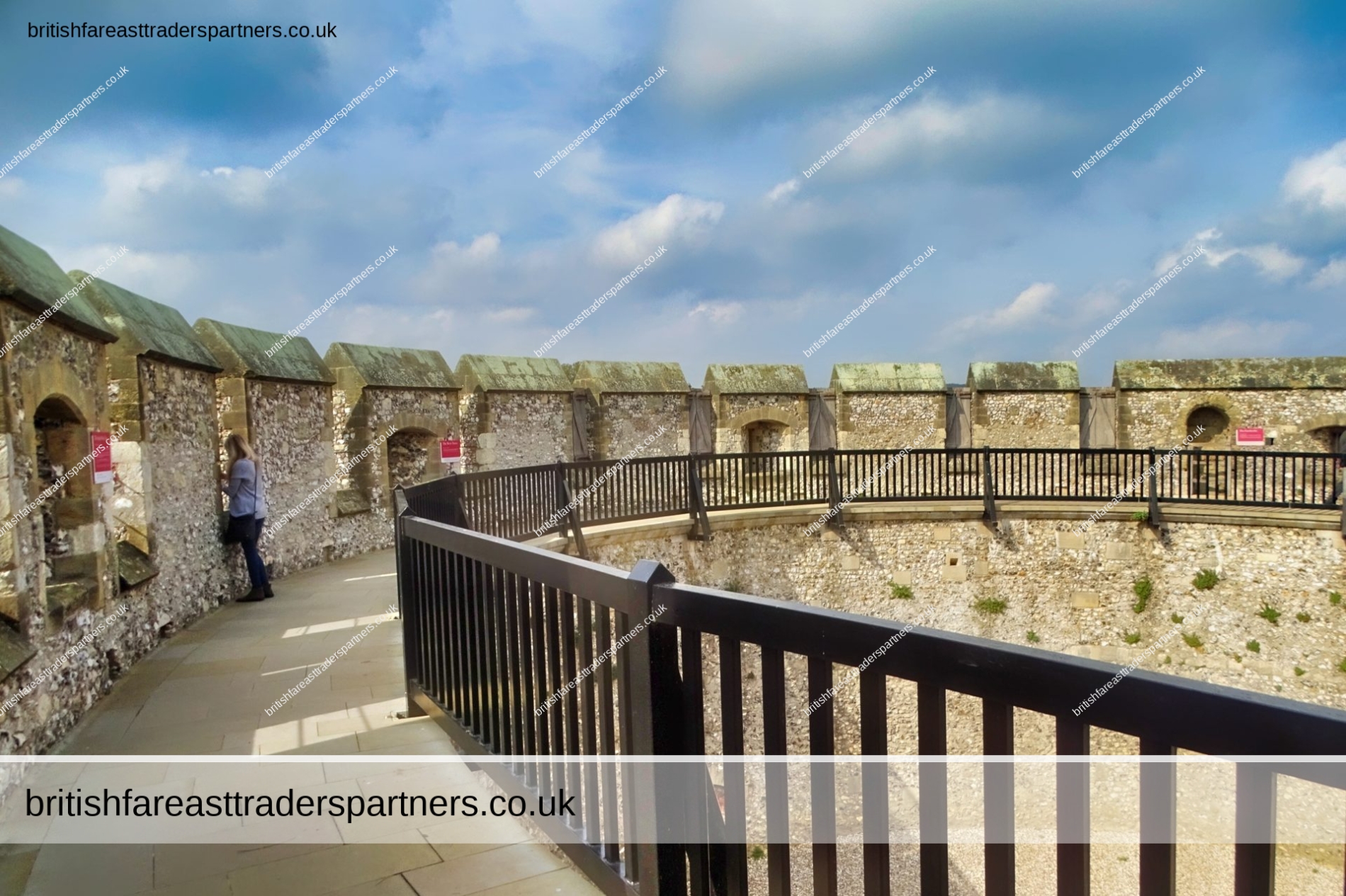
During a siege, you could just imagine Norman Guards firing all sorts of things at the attackers
from those gaps in the wall.
THE SOUTH WEST VIEW
WHAT CAN YOU SEE?
Looking into the town of Arundel,
you can see the Town Hall,
with two square turrets and a flagpole;
this was built in 1836 by the 12th Duke and given to the town.
It is used to house the town jail and courthouse.
Over on the right with a lead-roofed spire topped with a weather vane
is St Nicholas’ Church of England Parish Church
which is uniquely joined with the Castle’s Catholic Fitzalan Chapel,
the main window of which can easily be seen.
The Fitzalan Chapel can be visited on your Castle ticket
and St. Nicholas’ Church is also open to the public,
entrance off London Road.
Behind this, the huge church is the Cathedral of Our Lady and St Philip Howard,
seat of the Roman Catholic Diocese of Arundel and Brighton
and built by the 15th Duke between 1869 and 1872;
this is also open to the public.
In the middle distance,
you can see the River Arun running away to the sea.
Its mouth is at Littlehampton, over to the left, about 5 miles away,
and behind the obvious blue/green round tower (an old gasometer).
CAN YOU SEE THE SEA?
Look carefully and you can see the sea running in a strip across the horizon.
CREDITS: ARUNDELCASTLE.ORG
THE BEVIS TOWER
WHEN WAS IT BUILT?
Originally called the Beaumont Tower,
this tower dates from the early 14th Century
and was described as ‘new built’ in the 3rd Earl of Arundel’s will in 1376.
The top storey and battlements were added in the 16th century and restored in 1900.
A LEGENDARY NAME…
The name ‘Bevis Tower’ comes from a legend
which says that Bevis, a great giant of ancient times,
agreed to become warder of the gate of Arundel Castle.
It is said that the tower was built to accommodate him!
THE NORTH EAST VIEW
WHAT CAN YOU SEE?
Immediately below the Castle is Mill Road,
which runs from the town down to the Wildfowl and Wetlands Trust,
which is housed in the group of grey roofed buildings
over to the left and uses the marshy area between these and the river.
To the right and beyond, and alongside is the Black Rabbit Public House.
Straight out across the far side of the valley,
and on the side of the hill,
with a prominent white house,
are the villages of Burpham and Wepham
and slightly removed to the left,
is the Burpham Parish Church and cricket ground.
The highest hill in the distance is Kithurst Hill
which is on the north slopes of the Downs,
overlooking the town of Storrington.
Over to the right and across the far side of the River Arun
is the small hamlet of Warningcamp;
from the name it would seem to have been an outpost of Castle,
but there is little historic evidence to support this.
A NORMAN NEIGHBOUR…
Amberley Castle, also an ancient castle (now a hotel)
and Arundel’s nearest ‘neighbour’ in Norman times lies out of sight,
four miles up the valley to the left.
ST. MARTIN’S CHAPEL
(AT THE TOP OF THE TOWER)
ST. MARTIN’S CHAPEL WAS INSTATED IN THE CASTLE KEEP
BY ROGER DE MONTGOMERY,
BUILDER OF THE ORIGINAL KEEP
AND FOUNDER OF THE PRIORY OF ST. NICHOLAS AT ARUNDEL.
HE WAS DEVOTED TO ST. MARTIN
HAVING RESTORED THE BENEDICTINE ABBEY OF ST. MARTIN IN NORMANDY.
THE CONNECTION TO ST. MARTIN CONTINUEDWITH THE D’ALBINI FAMILY,
BEING BENEFACTORS TO THE SAME ABBEY OF ST. MARTIN
ON THEIR ESTATES IN NORMANDY.
ST. MARTIN, THE SOLDIER SAINT,
WAS MOST APPROPRIATE FOR BOTH FAMILIES
AS THEY PUT GREAT STOCK IN THIER ABILITY
TO FIGHT AND DEFEND THEMSELVES.
WHO WAS ST. MARTIN?
ST. MARTIN OF TOURS, B. CIRCA 315- D. 397
PATRON SAINT OF FRANCE.
The son of an officer in the Roman army,
Martin was drafted into the army when he was 15,
serving the cavalry of the Imperial Guard.
His life changed when, riding into a city on an icy winter night,
he saw a naked beggar shivering with cold.
He took off his huge, heavy cavalry cloak
and cut it in half with his sword,
wrapping the beggar in one half.
He later dreamed that the beggar was Jesus Christ and embraced the faith.
After being baptised and leaving the army,
he became the friend of St. Hilary, Bishop of Poitiers
who ordained him a priest.
After several years as a missionary,
he founded probably the first monastery in France at Liguge,
just outside Poitiers.
In 1371 he reluctantly agreed to be Bishop of Tours,
founding a school that trained many future leaders of the Church.
He became the first non-martyr to be made a saint
and churches across Europe was dedicated to his name.
He is almost always depicted as a Roman soldier wearing half a cloak.
CREDITS: ARUNDELCASTLE.ORG
WELCOME TO THE GUARD ROOM
ROBERT DE BELLEME,
THE REBEL EARL.
The year is 1102 and Robert de Belleme, Earl of Arundel,
is in rebellion against King Henry.
To quell the rebellion, the King besieged the Castle for three months.
Although Robert de Belleme
wasn’t present at the Castle throughout the siege,
the Castle only surrendered on condition
that he be allowed safe passage to leave the country
and return to his lands in Normandy.
King Henry seized all that Robert owned in England.
Several attempts at Reconciliation failed
and the Earl was finally arrested in 1113
and placed in custody in Wareham Castle.
He remained imprisoned there until his death in 1130.
WHAT CAN YOU SEE HERE?
You can see the weapons of defenders
displayed here with a weapon rack
holding spears, crossbows and short bows.
There is an arrow basket with short bow arrows and crossbow bolts.
Heraldry was just starting to be used to identify
individuals and their families.
The kite shields are painted in what are believed to be the colours of Belleme.
Easy access to the sea and to Normandy
was available via the River Arun next to the Castle,
the chests would have been used for storing clothes
and equipment and would have been sat on by the rowers.
CREDITS: ARUNDELCASTLE.ORG
Related posts:
- WELCOME TO THE LAKE DISTRICT, ONE OF BRITAIN’S BEST-LOVED OUTDOOR DESTINATIONS OF ALL TIME SHOP FROM BRITISH & FAR EAST TRADERS & PARTNERS ONLINE...
- “The Epitome of Classical Music: A Night of Beethoven at the BBC Proms at the Royal Albert Hall” Every year, thousands of music lovers flock to the Royal...
- DAYS OUT IN UNITED KINGDOM: PLACES OF INTEREST in WEST SUSSEX, ENGLAND: A SERIES OF PHOTOGRAPHIC BLOG: ARUNDEL CASTLE GROUNDS & ARUNDEL CASTLE WATER GARDEN : A WORLD HERITAGE SITE : HERITAGE | ART | HISTORY | TOPOGRAPHY | TOURISM | TRAVEL | ARCHITECTURE | ARISTOCRACY | CULTURE SHOP OUR ONLINE STORE… Click Here SHOP OUR EBAY:...
- LONDON BLOG | KEW GARDENS LONDON | TROPICAL ZONE: FESTIVAL OF THE VIBRANT ORCHIDS OF INDONESIA Feast with this colourful display of INDONESIA'S TROPICAL FLORA in...
- Welcome to Blenheim Palace: Home to the Dukes of Marlborough and Childhood & Ancestral Home to Sir Winston Churchill Explore BLENHEIM PALACE and its MAJESTIC GROUNDS with this VIRTUAL...
- VINTAGE DARK BLUE Green White RIBBON BAND Ladies’ Women’s BOWLER / DERBY Hat Up for sale is a stunning vintage Dark Blue Bowler/Derby...
- ENJOY A SUMMER’S DAY WALK WITH US AROUND THE ENGLISH RIVIERA IN PAIGNTON DEVON, ENGLAND, UNITED KINGDOM ENJOY A SUMMER'S DAY WALK WITH US AROUND THE ENGLISH...
- VINTAGE Art Nouveau Gold Plated FAIRY NYMPH ANGEL Pendant with Rhinestones VINTAGE Art Nouveau Gold Plated FAIRY NYMPH...
- Ladies Crivit TREK APPAREL Outdoor Jacket WINDPROOF WATERPROOF Black / Purple Trimming UK Size 18 / EUR / DE 44 FR 46 IT / ES/ PT 46 SHOP OUR ONLINE STORE… Click Here SHOP OUR EBAY:...
- Antique 1895 Interest Statement NIZAM’S Guaranteed State Railways Company Ltd. Explore the 1895 Nizam's Railway Interest Statement: a historical glimpse...

